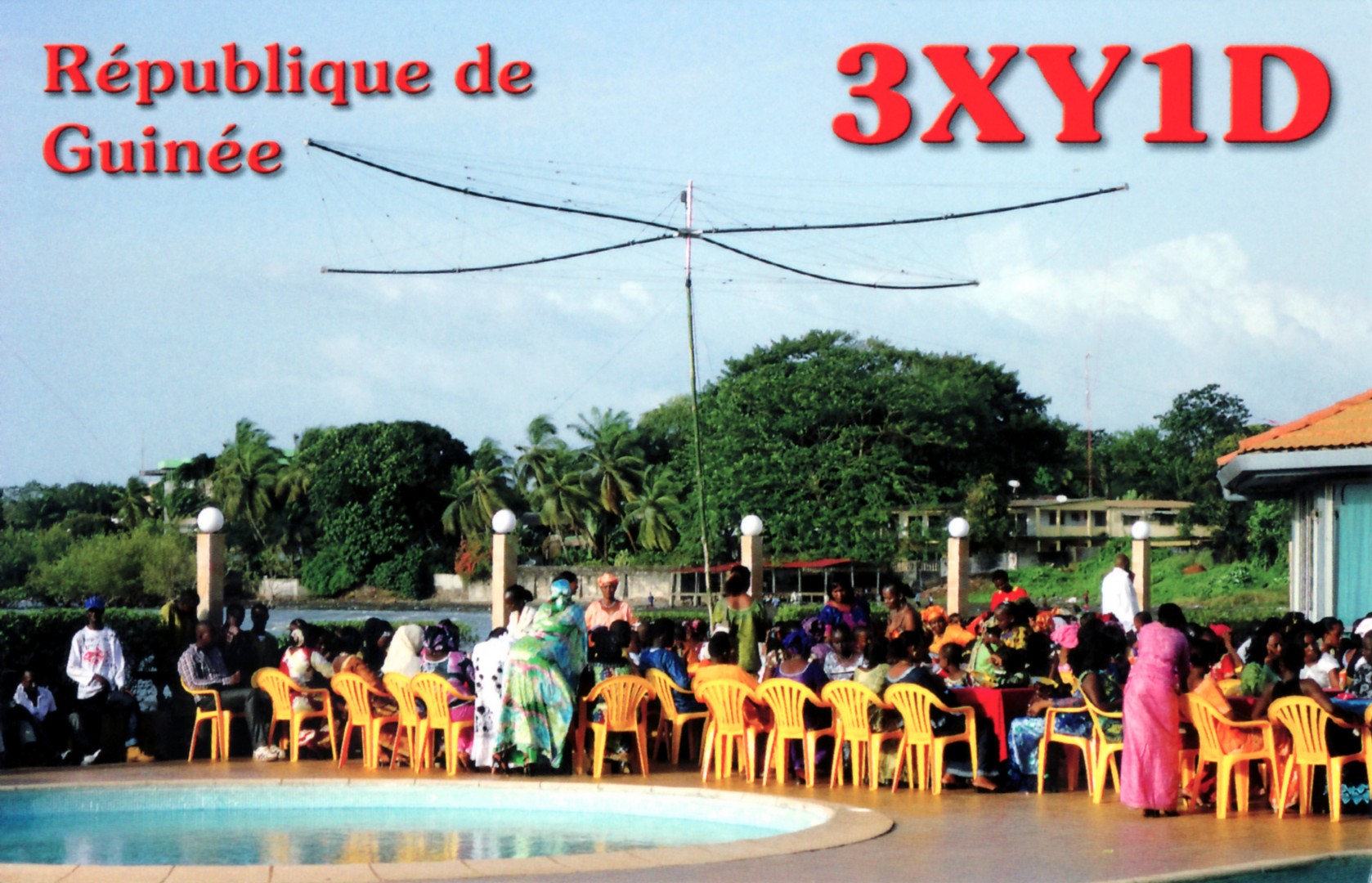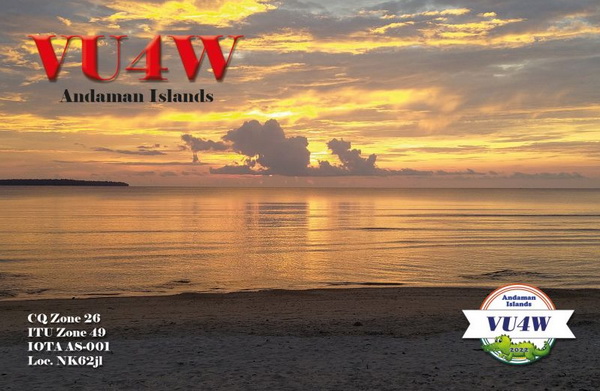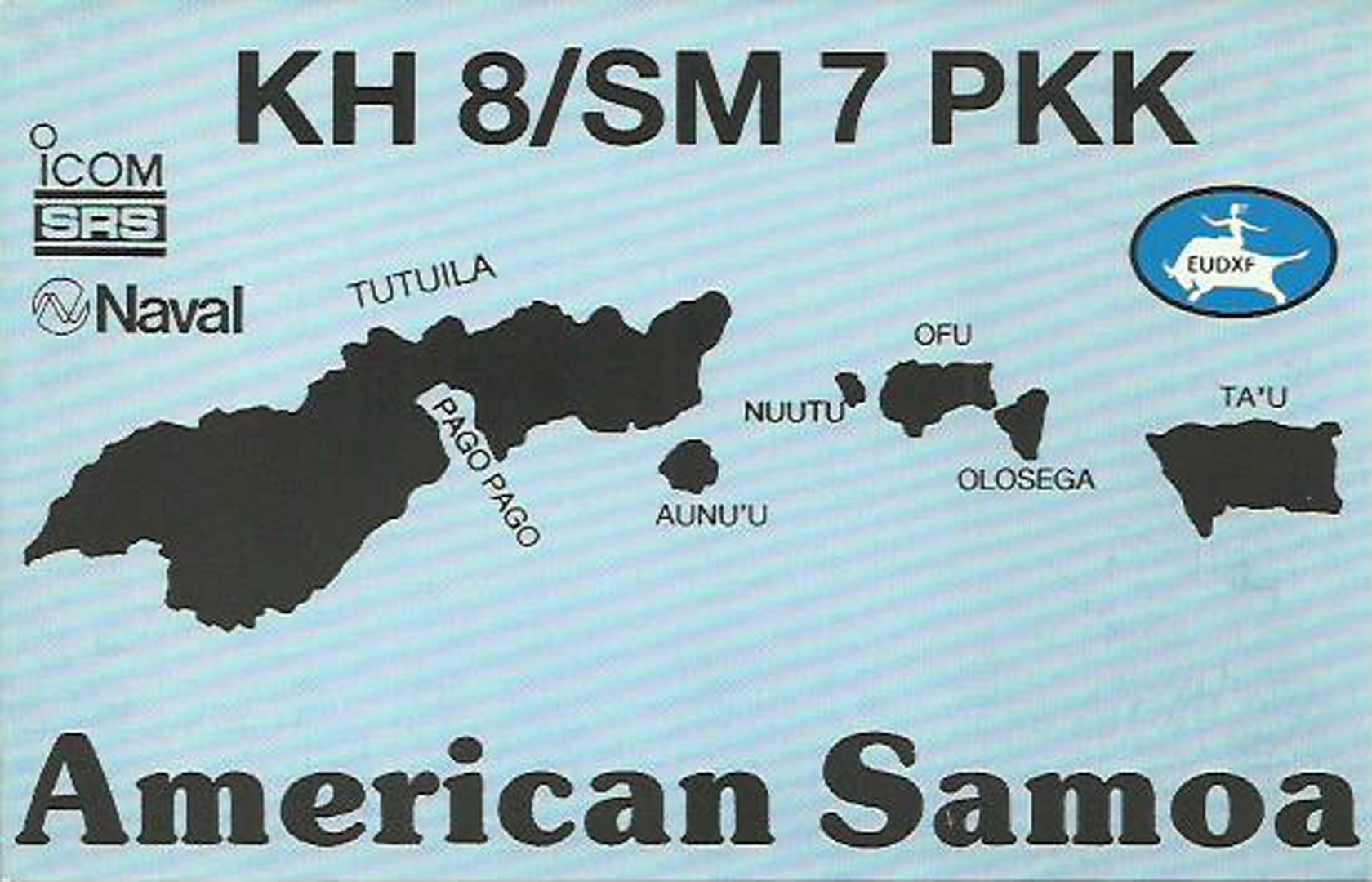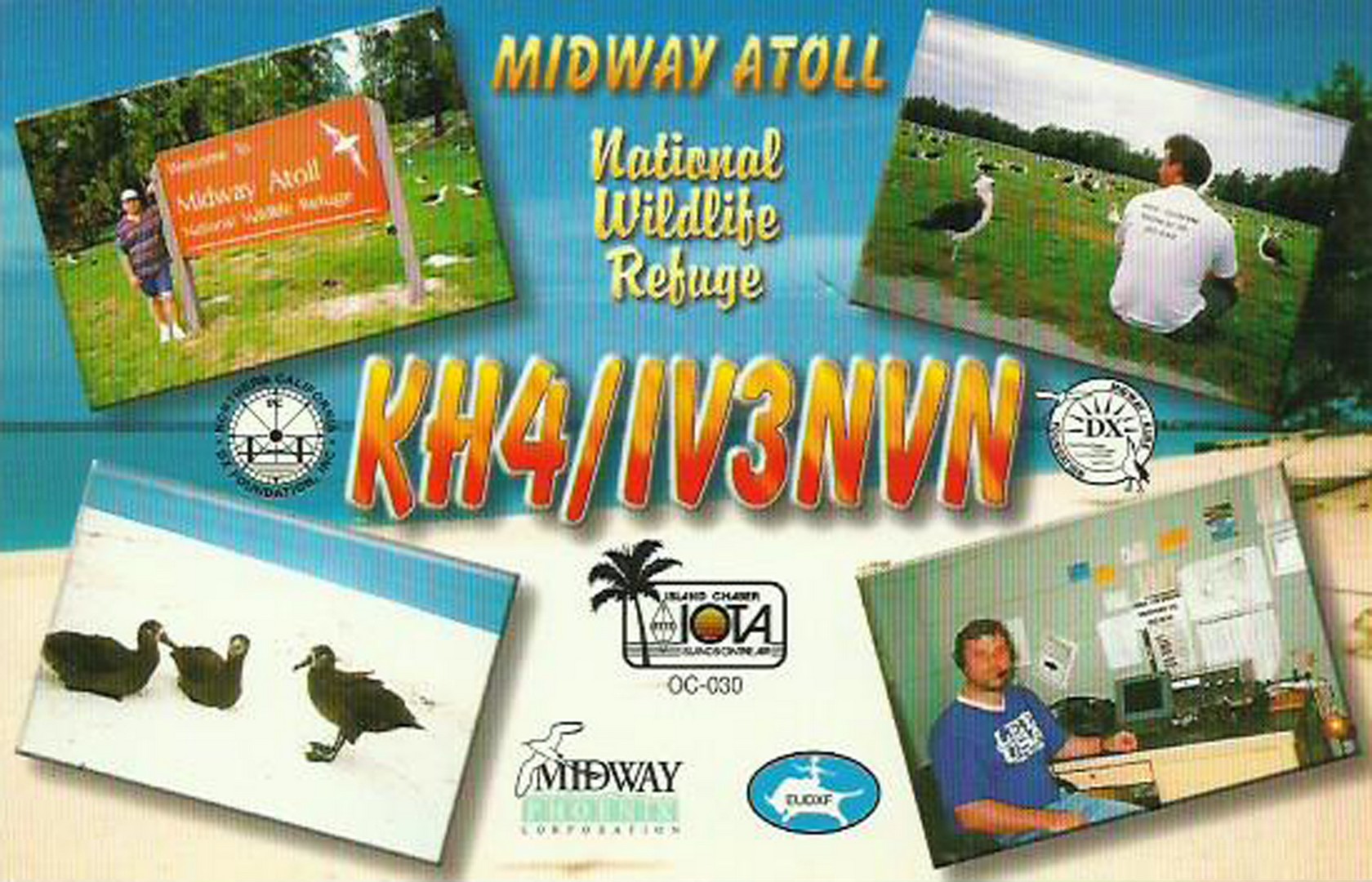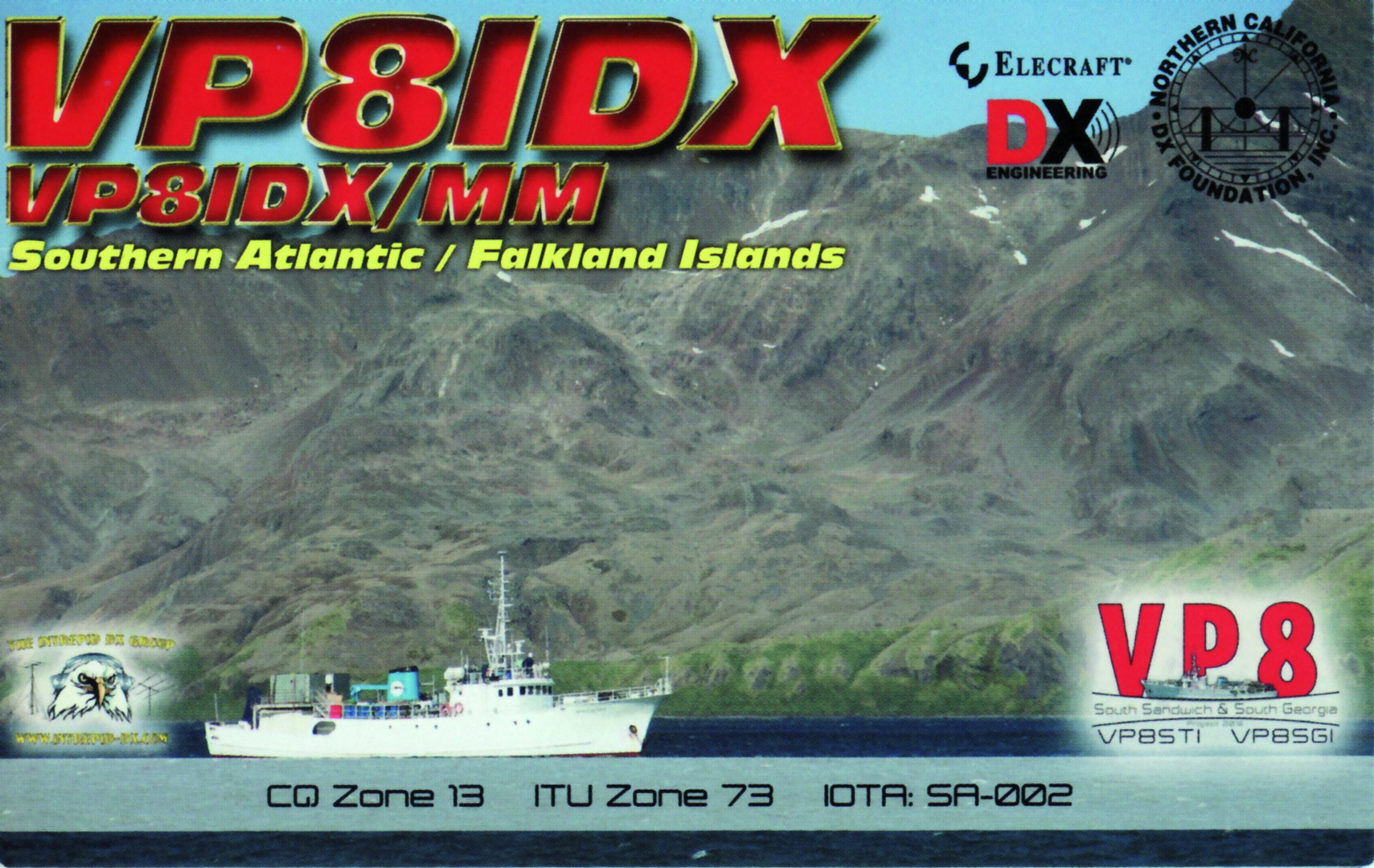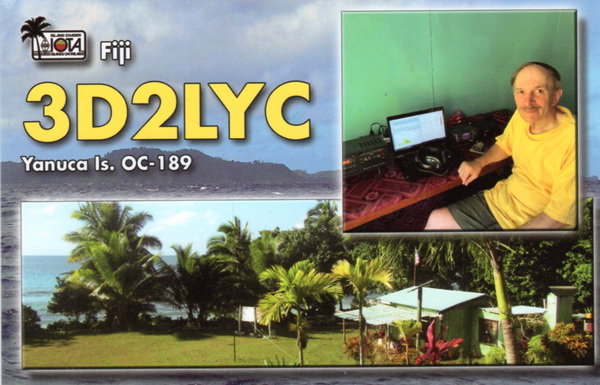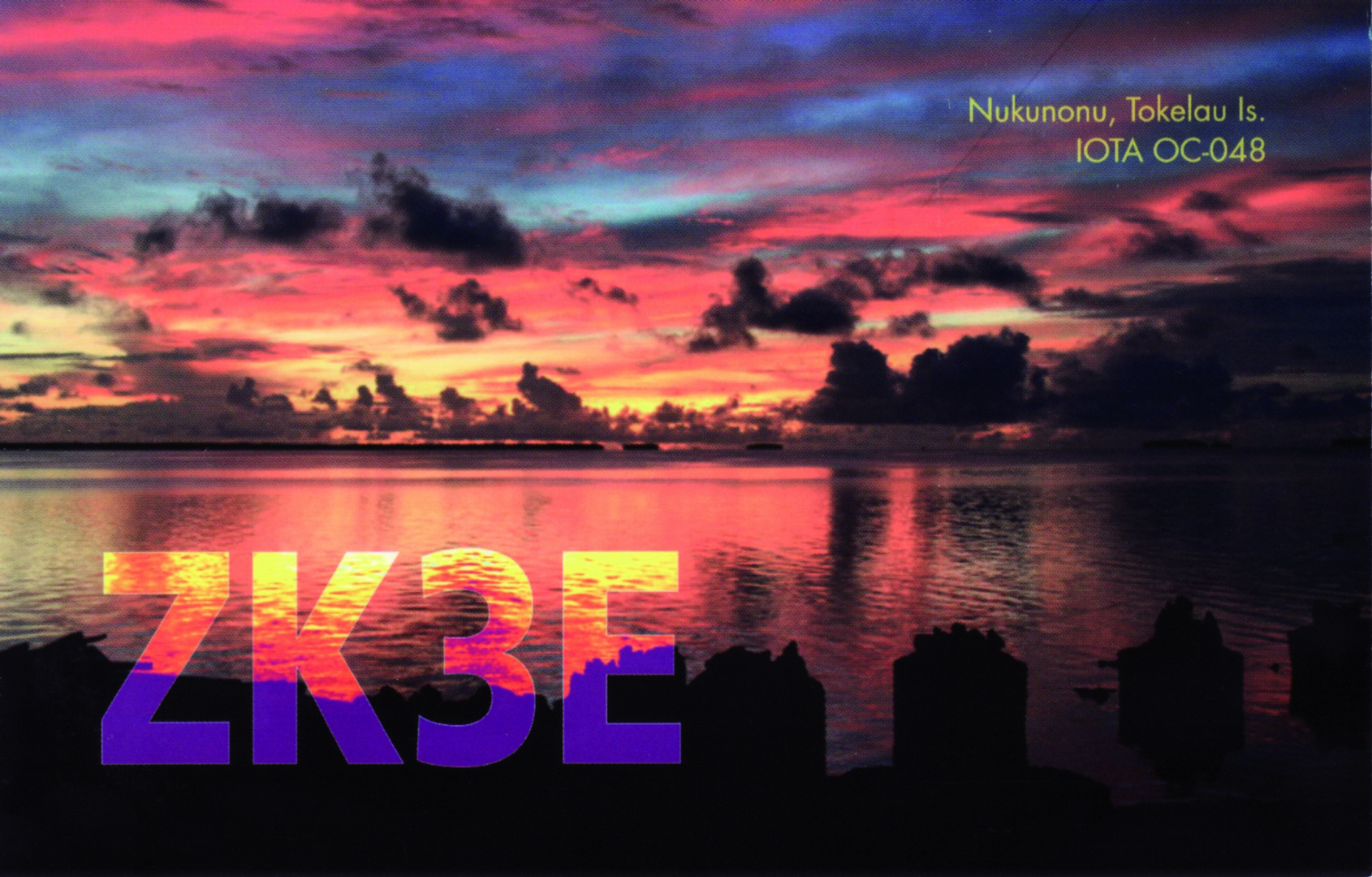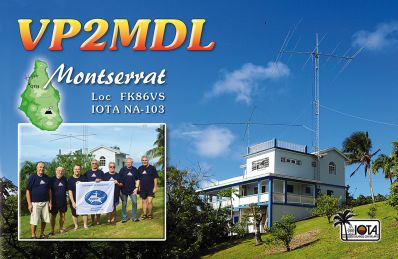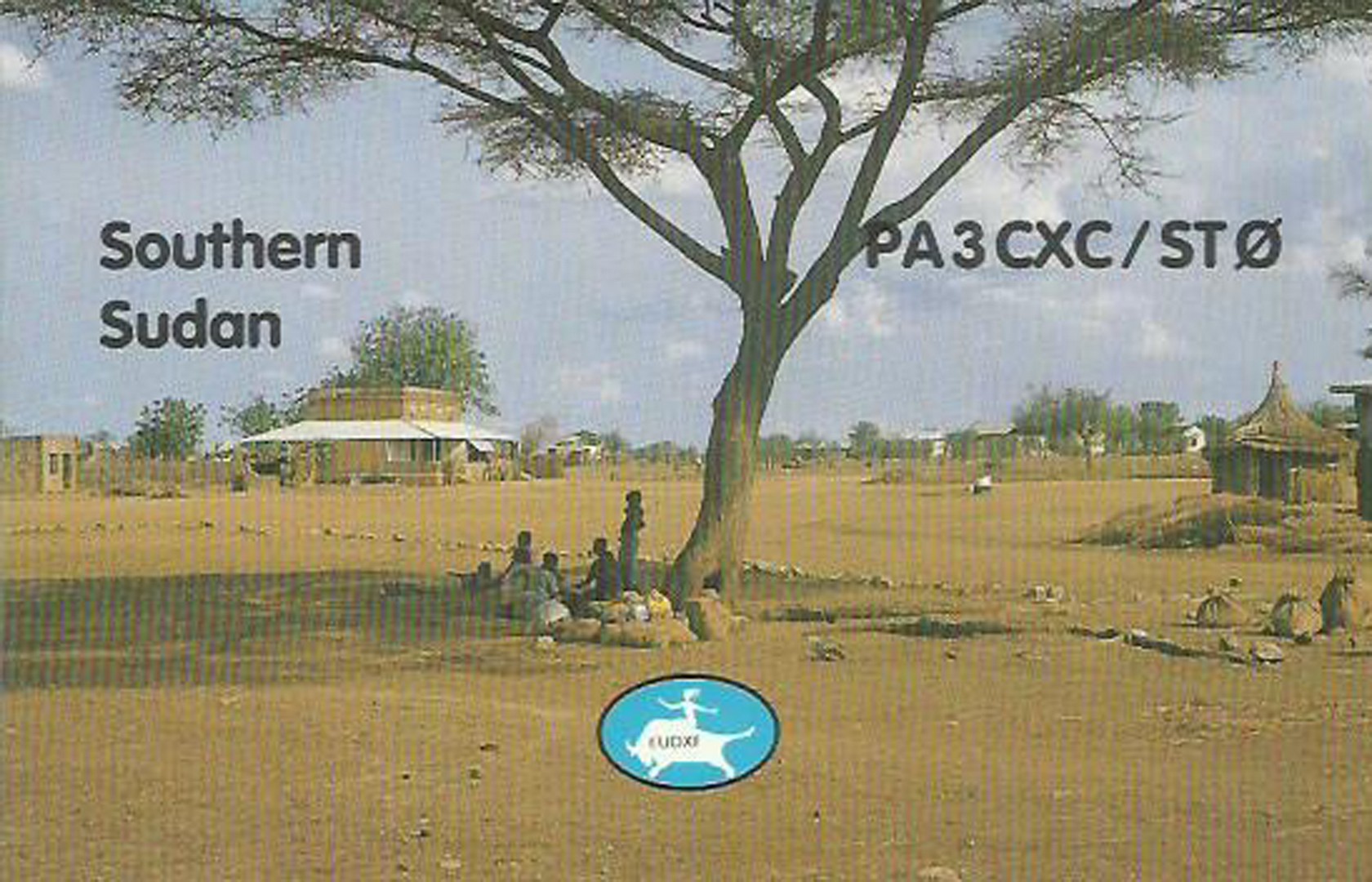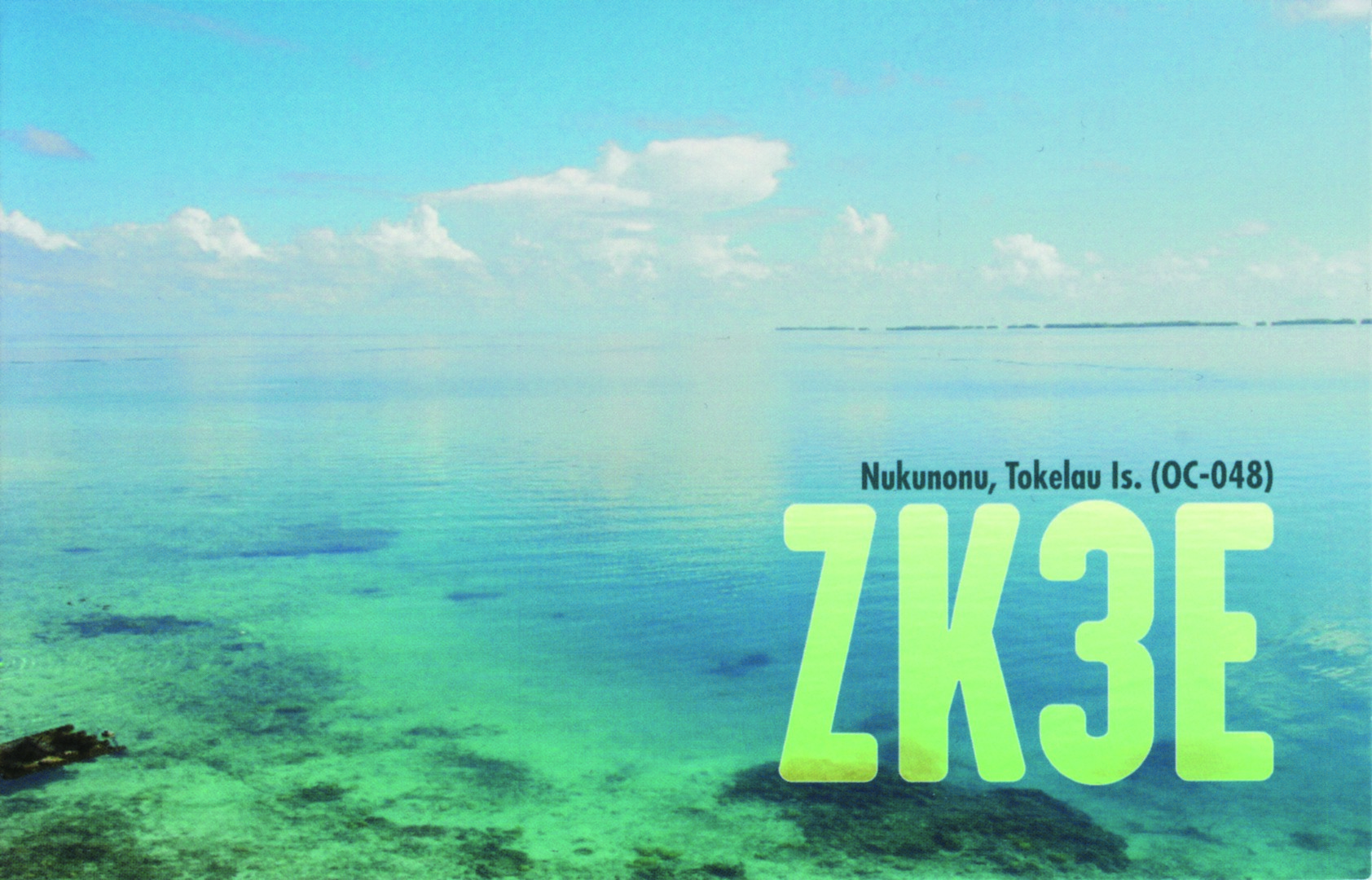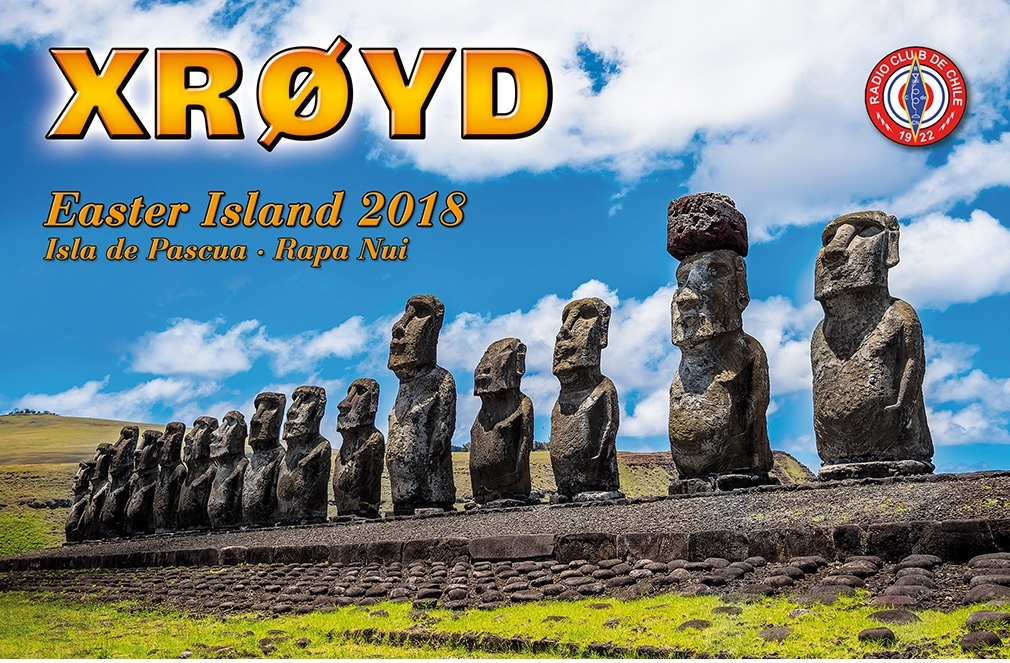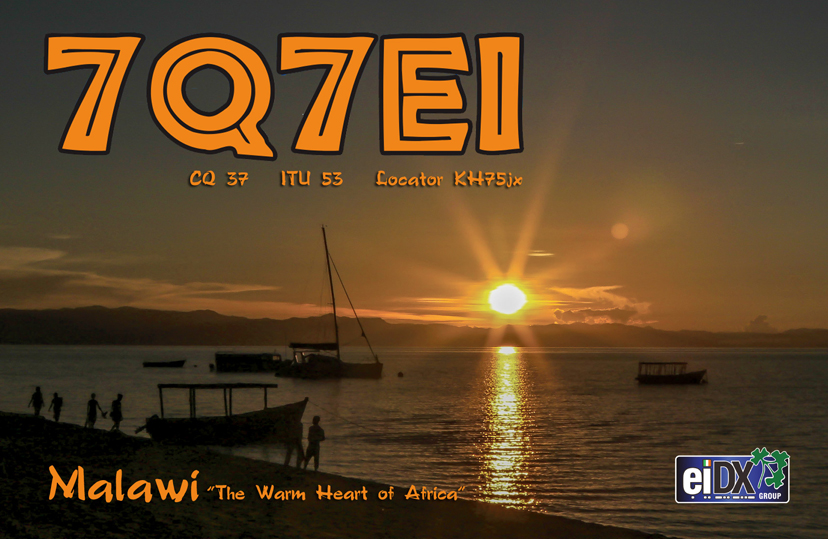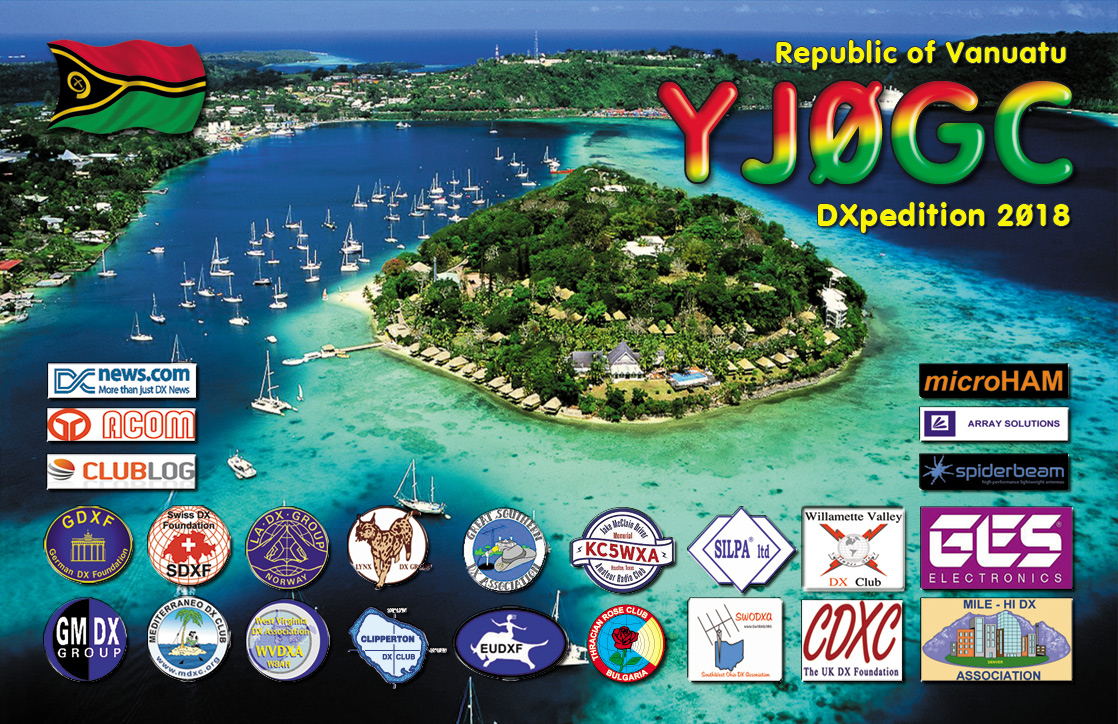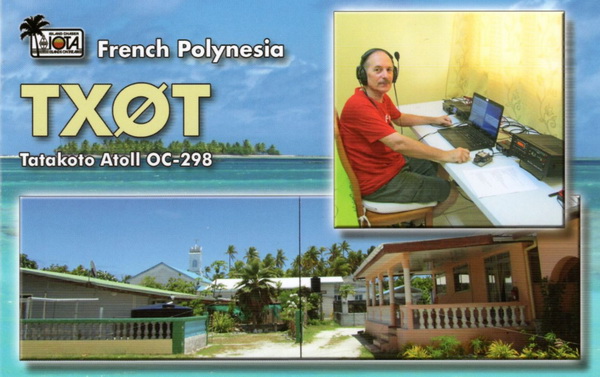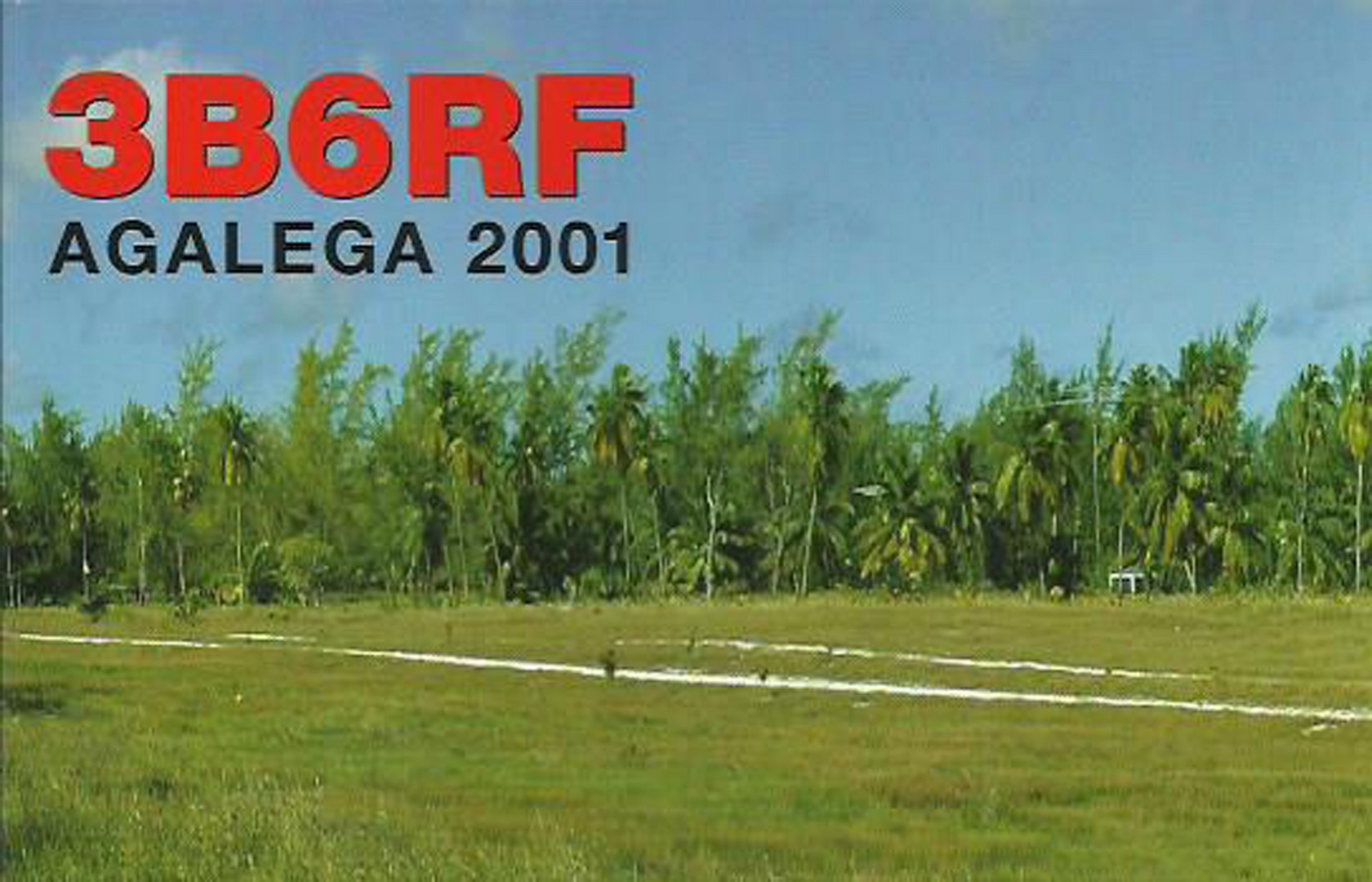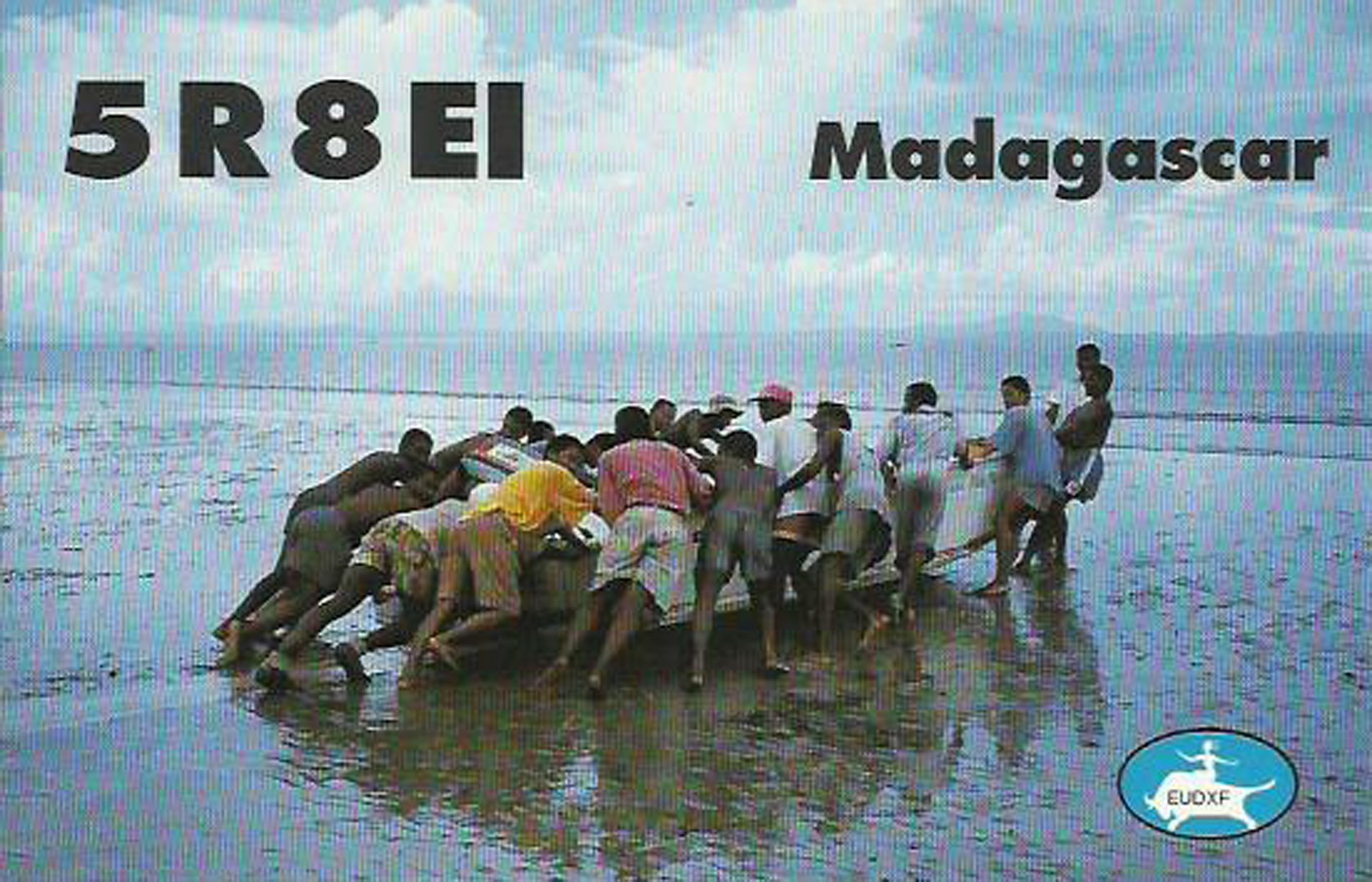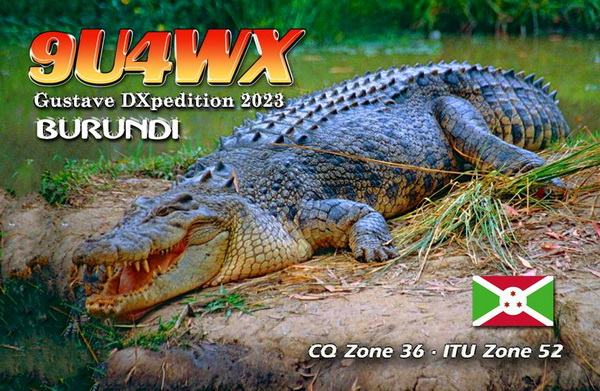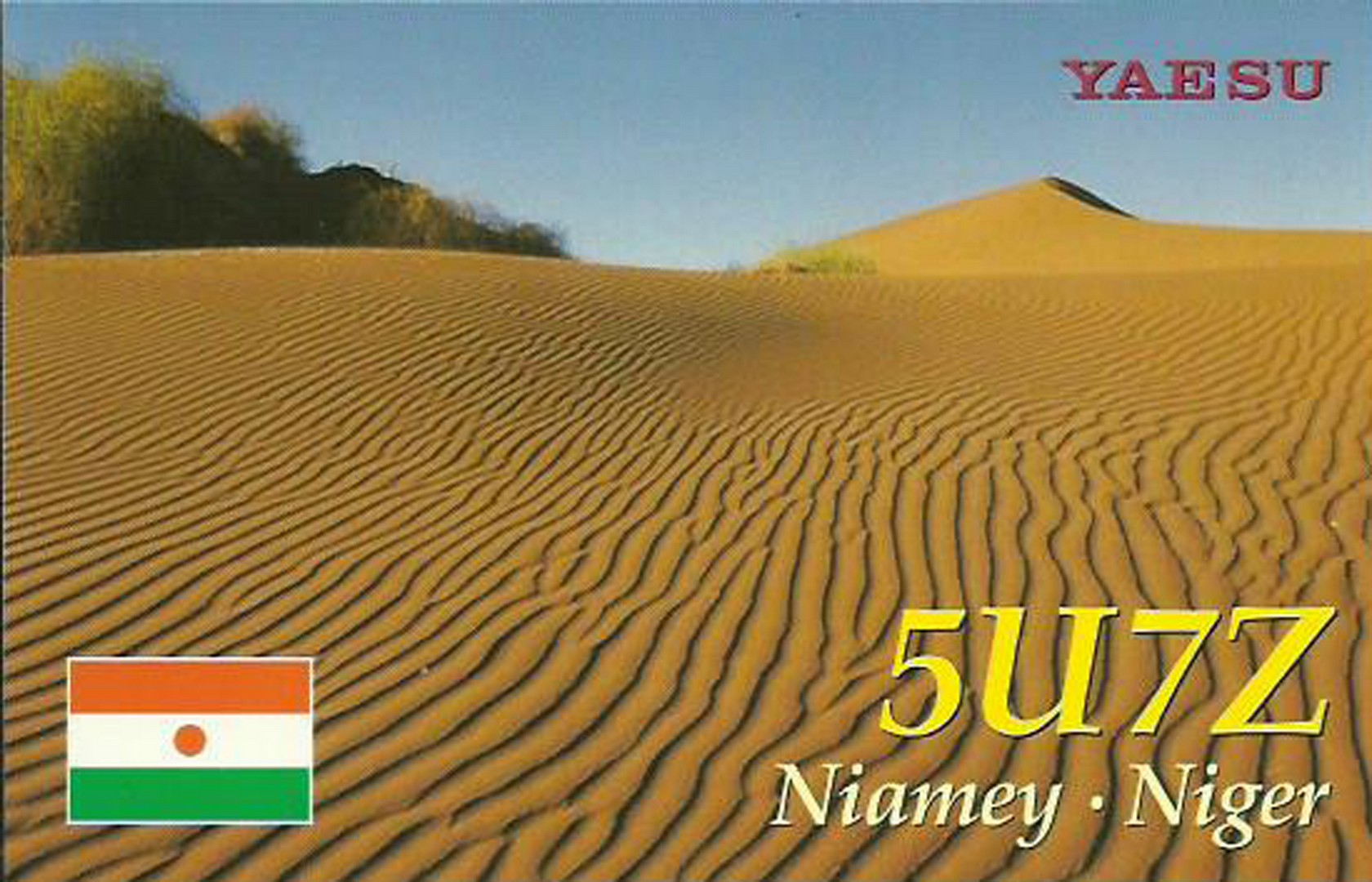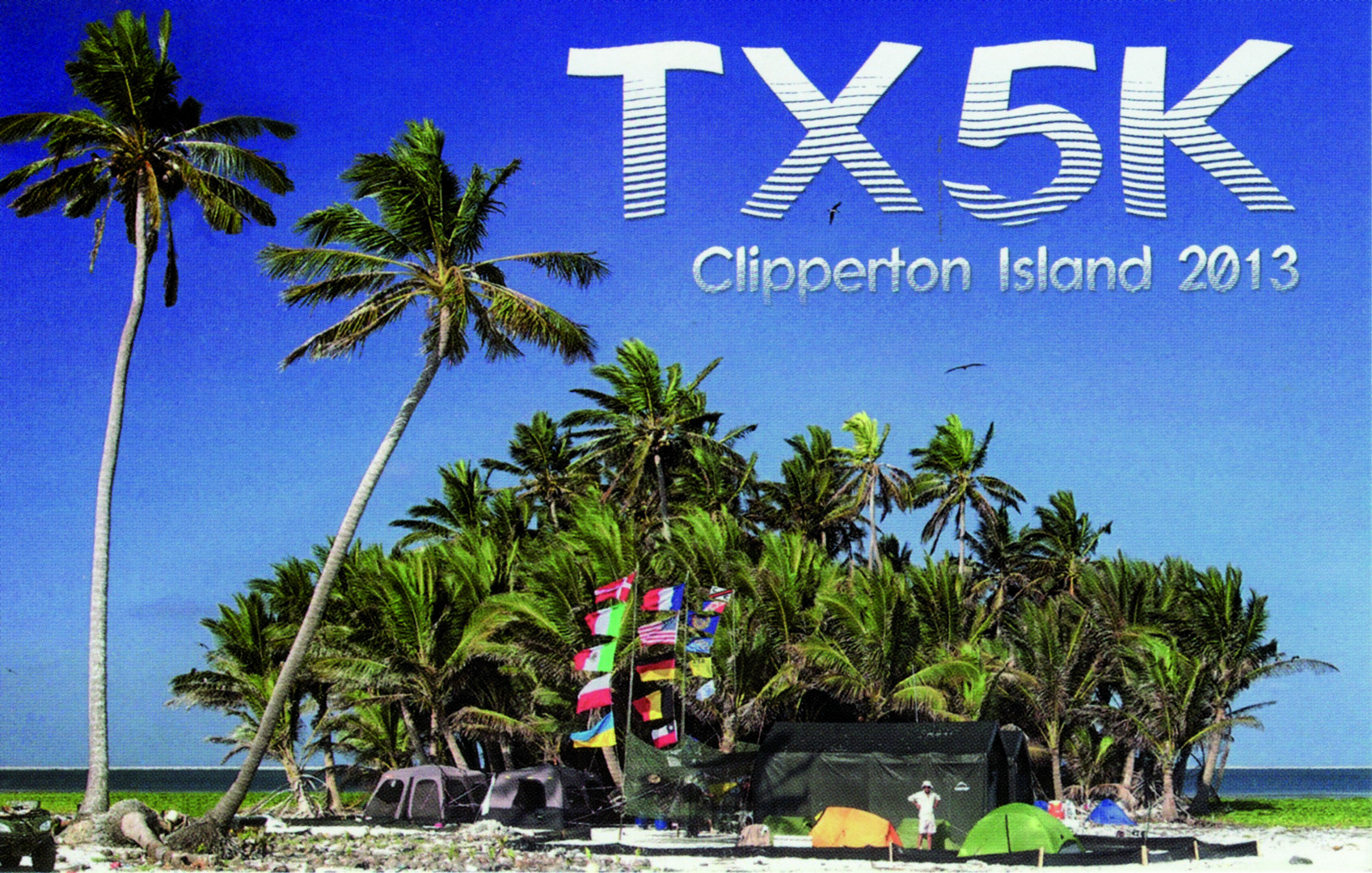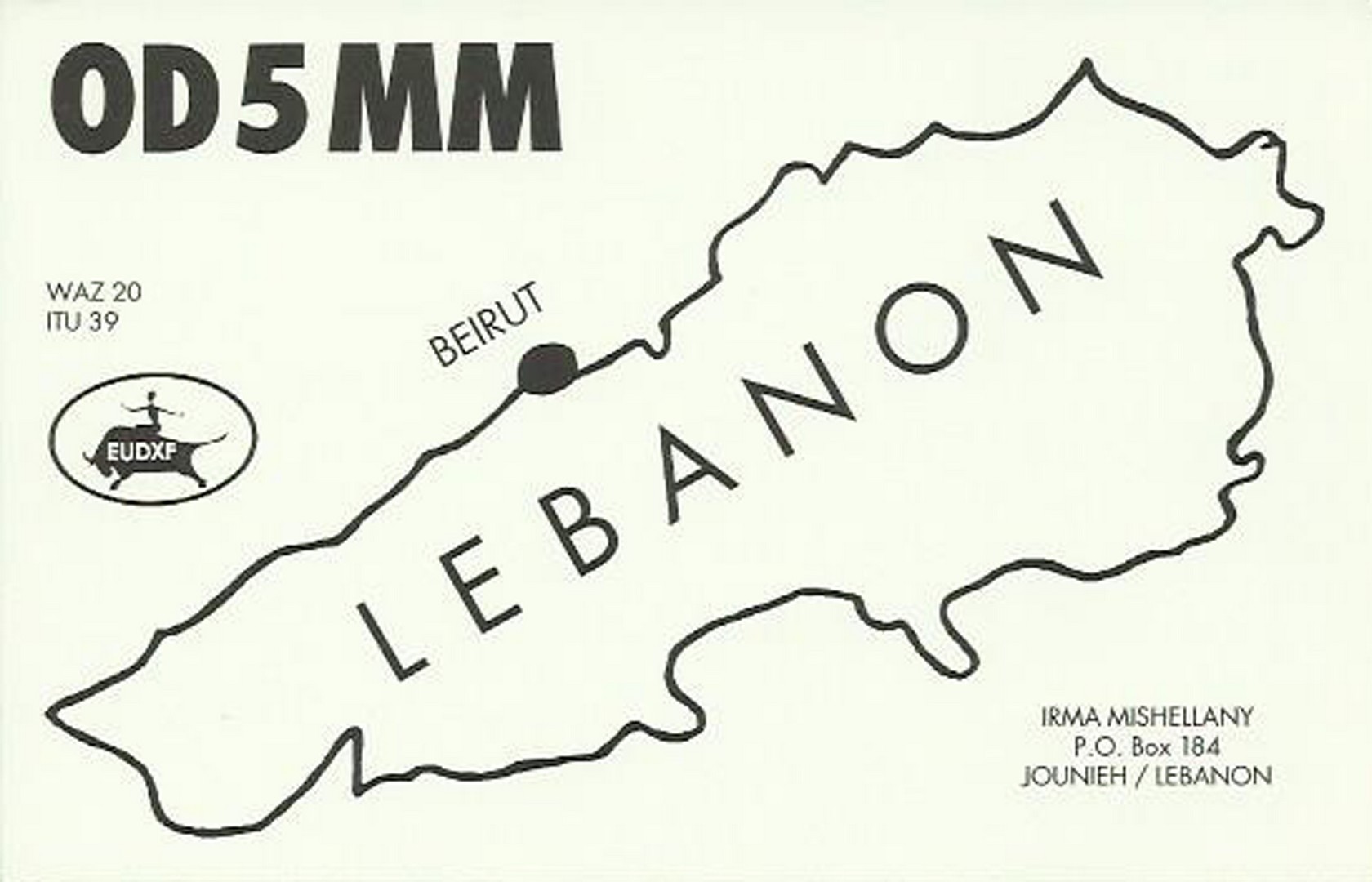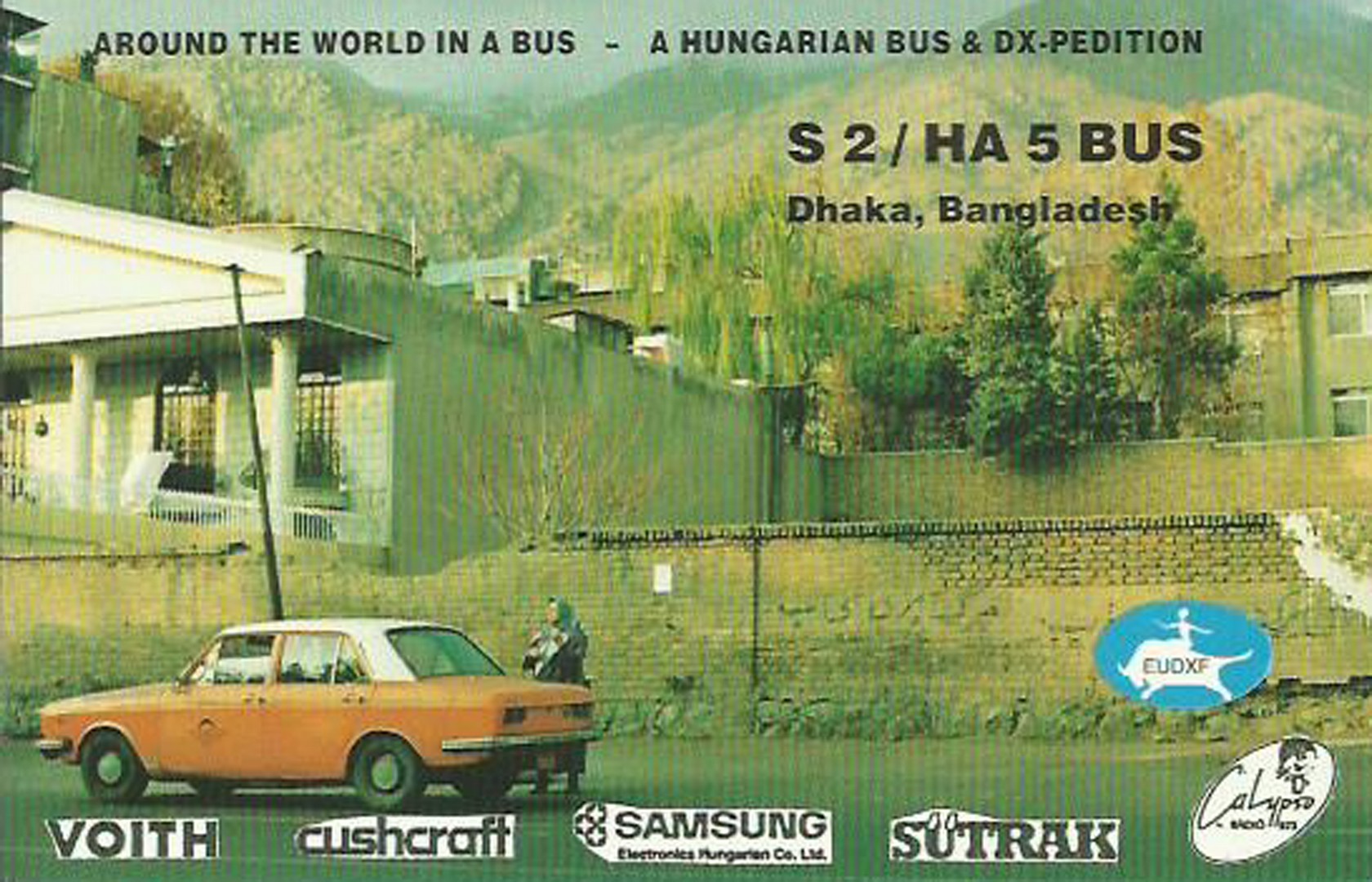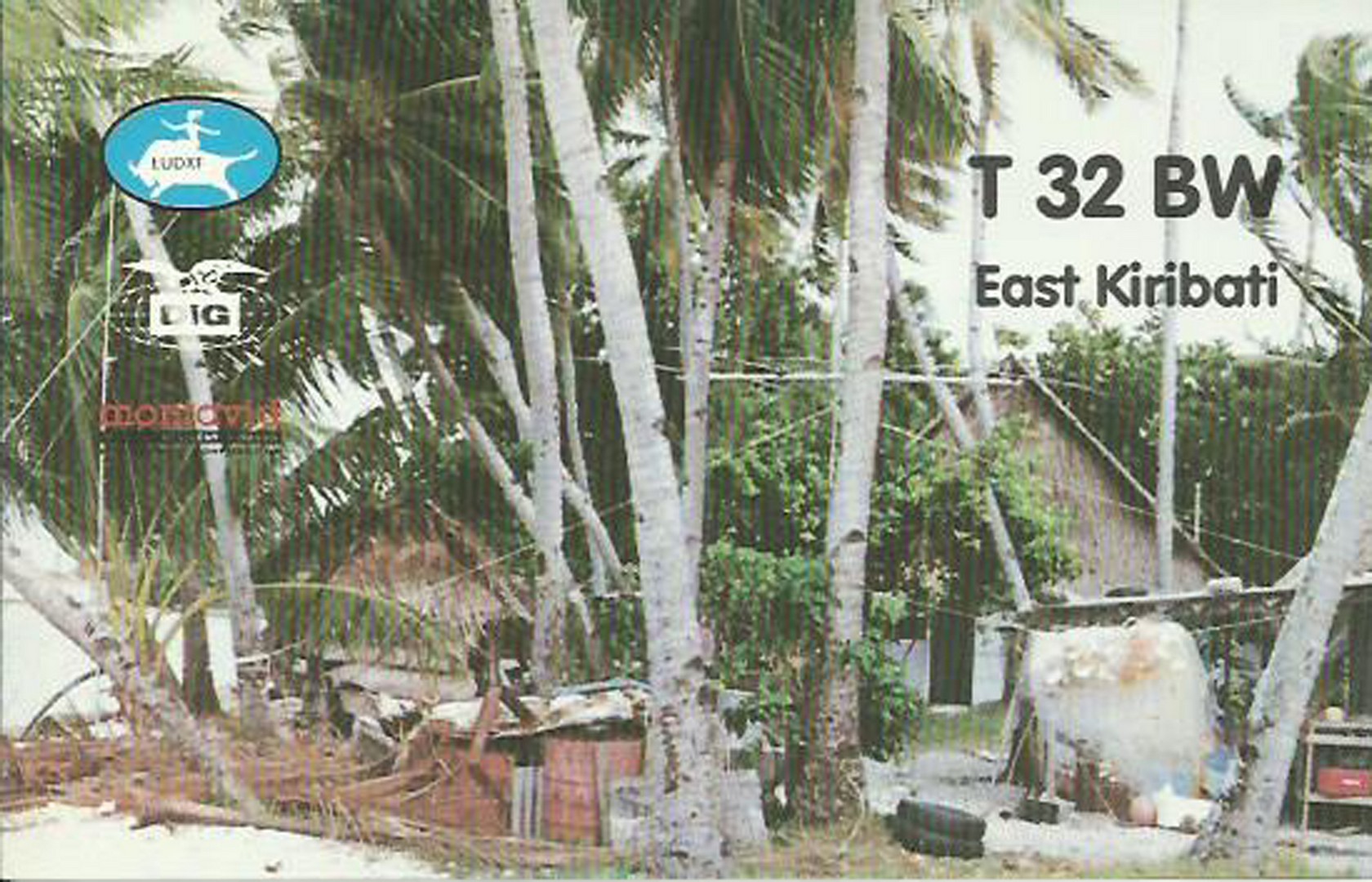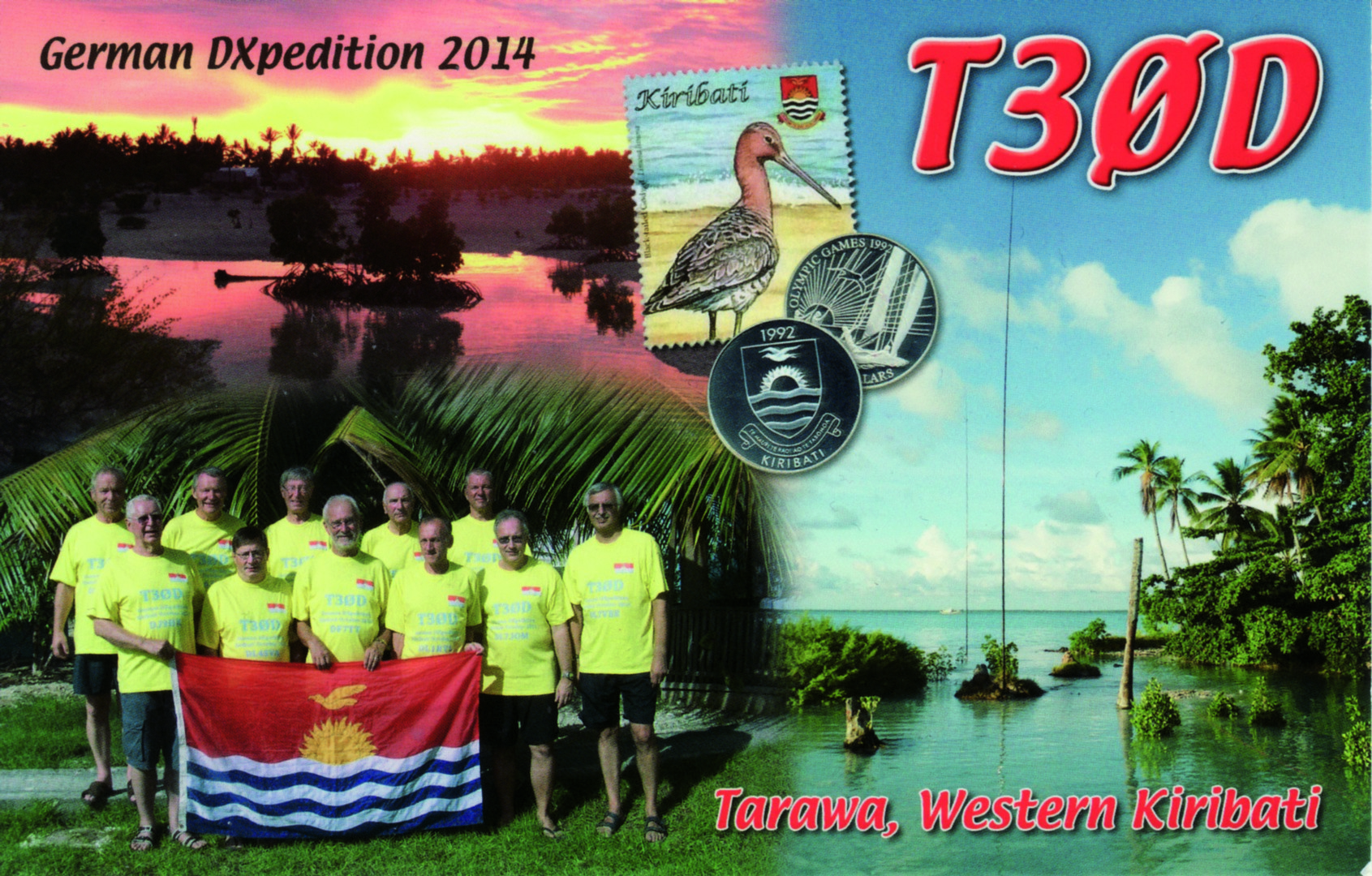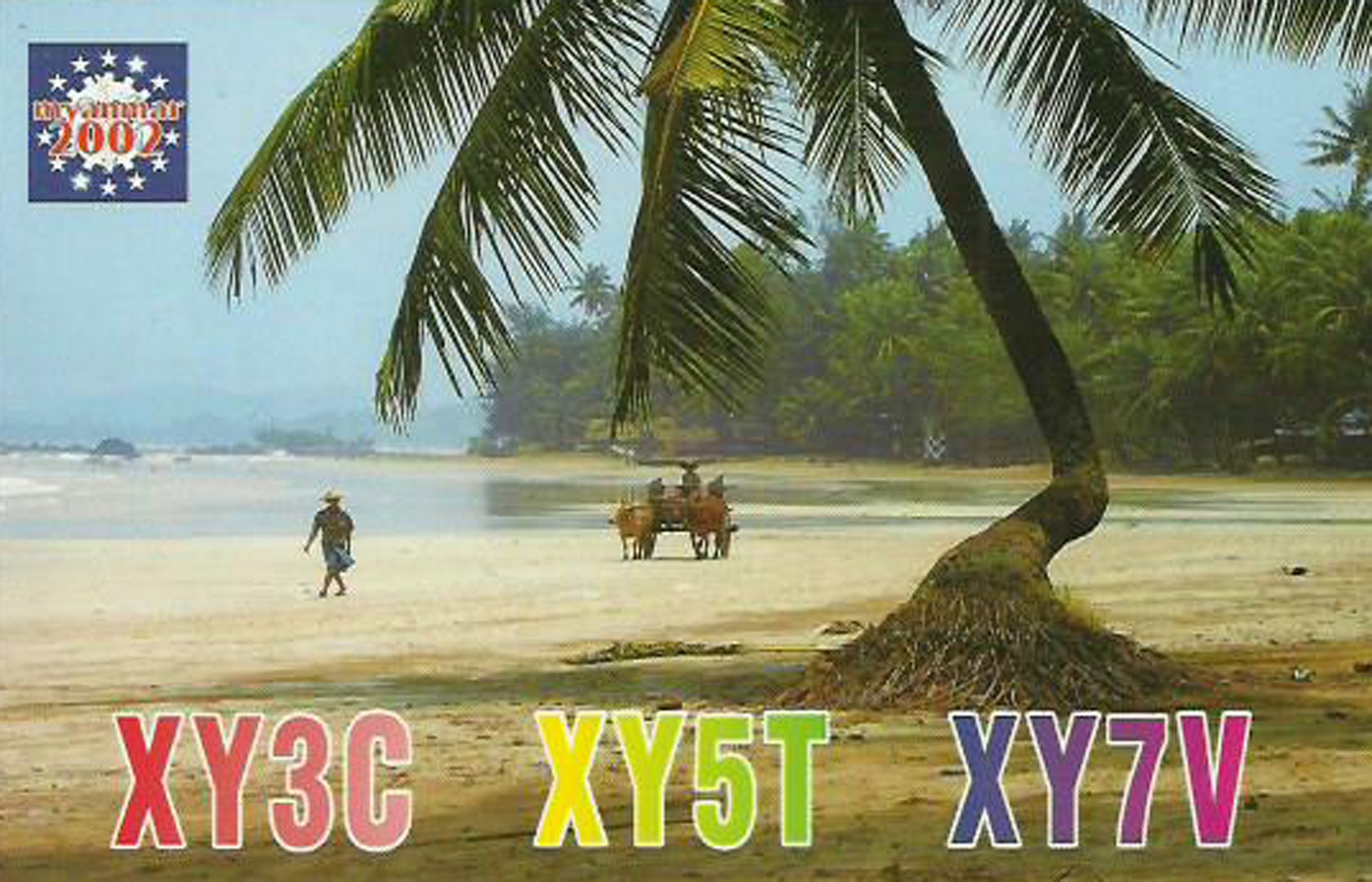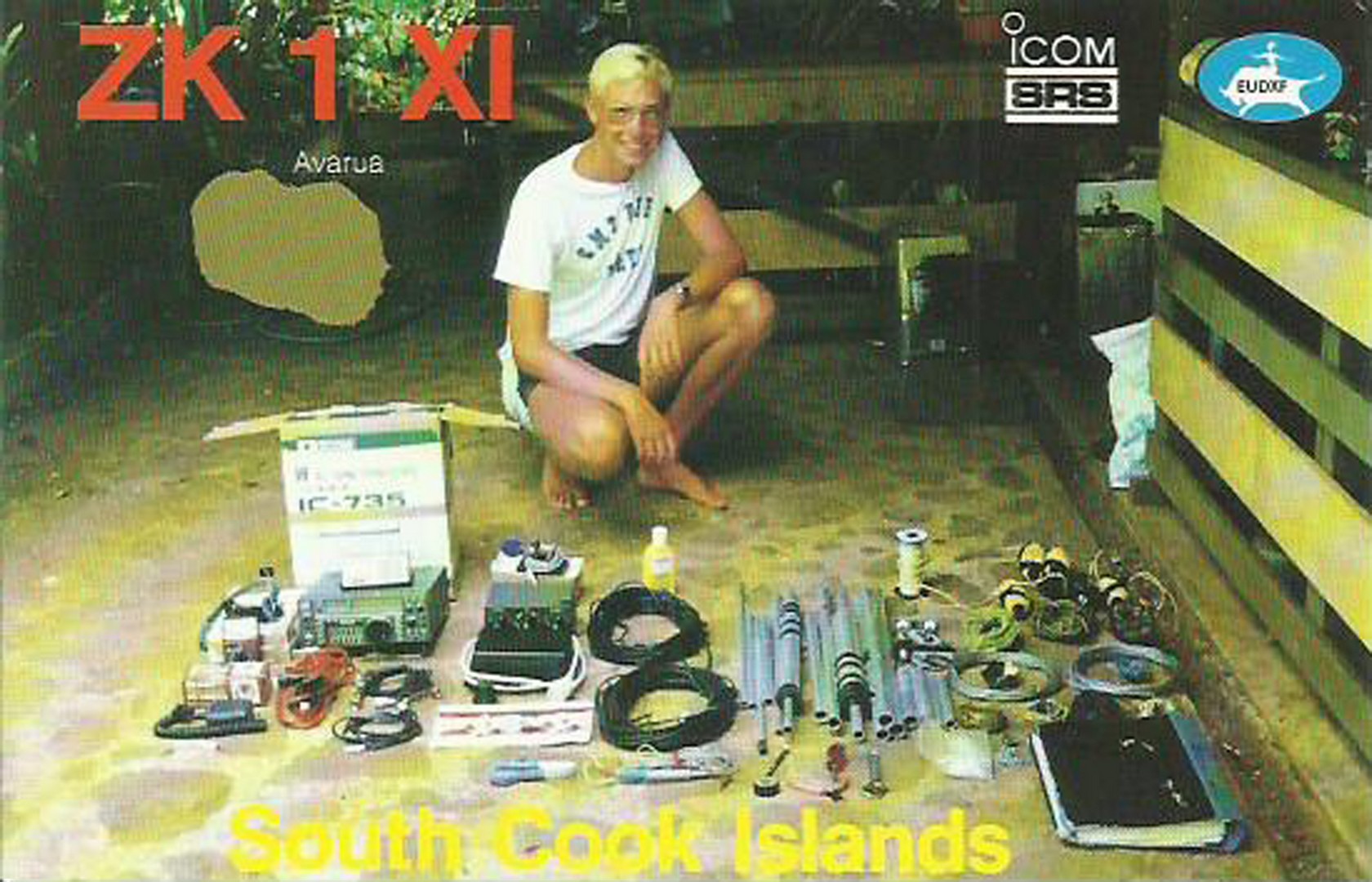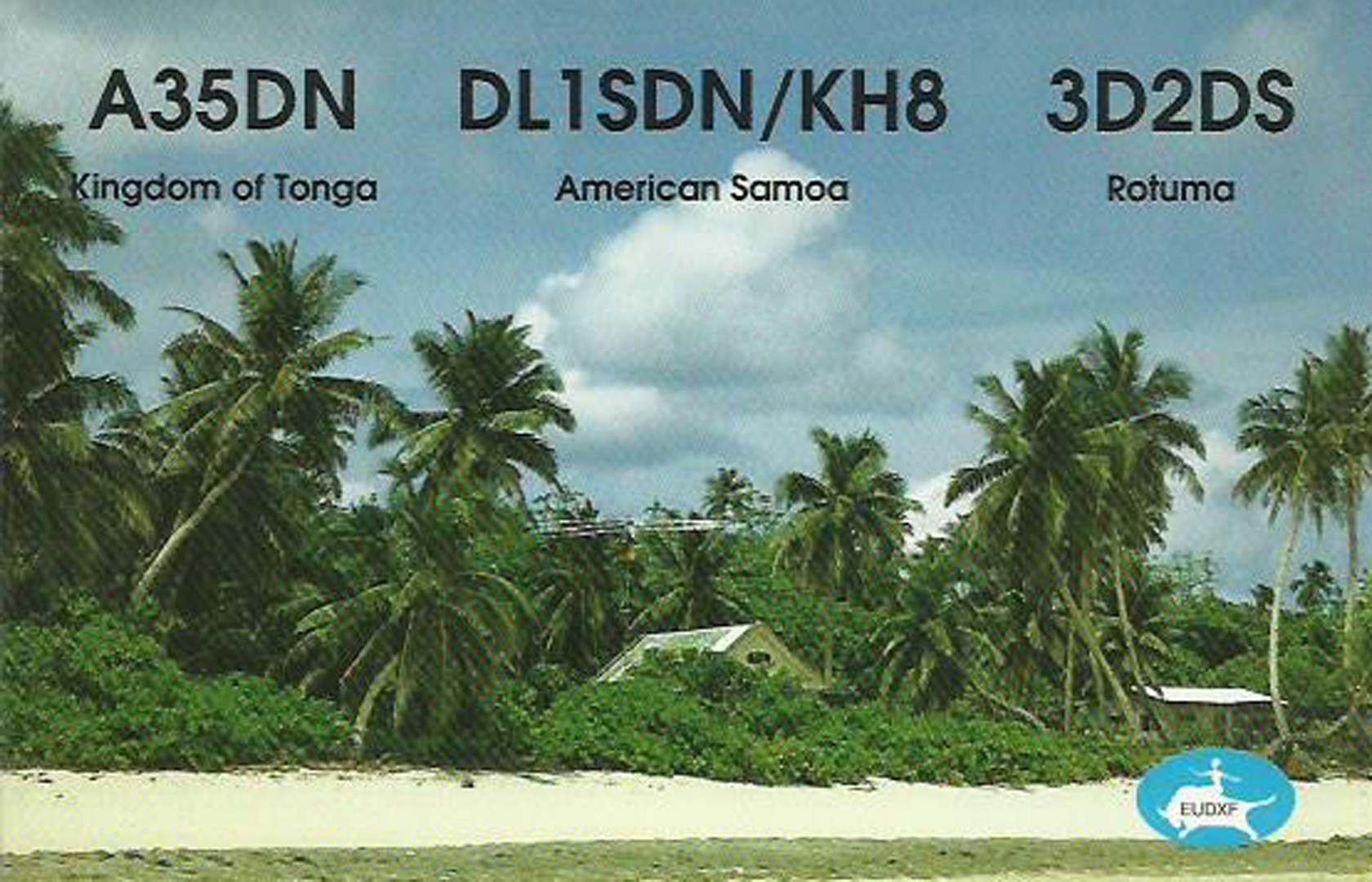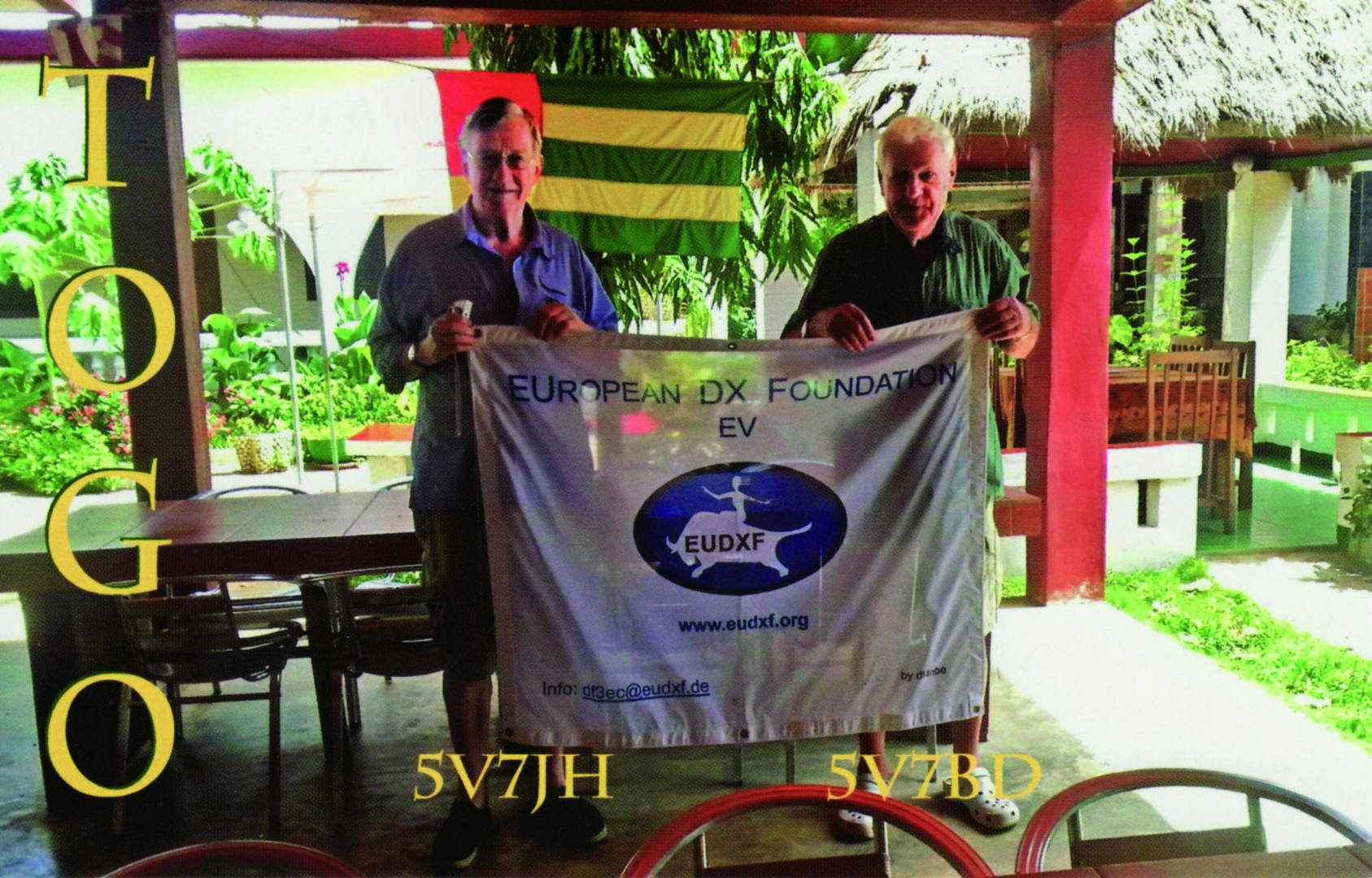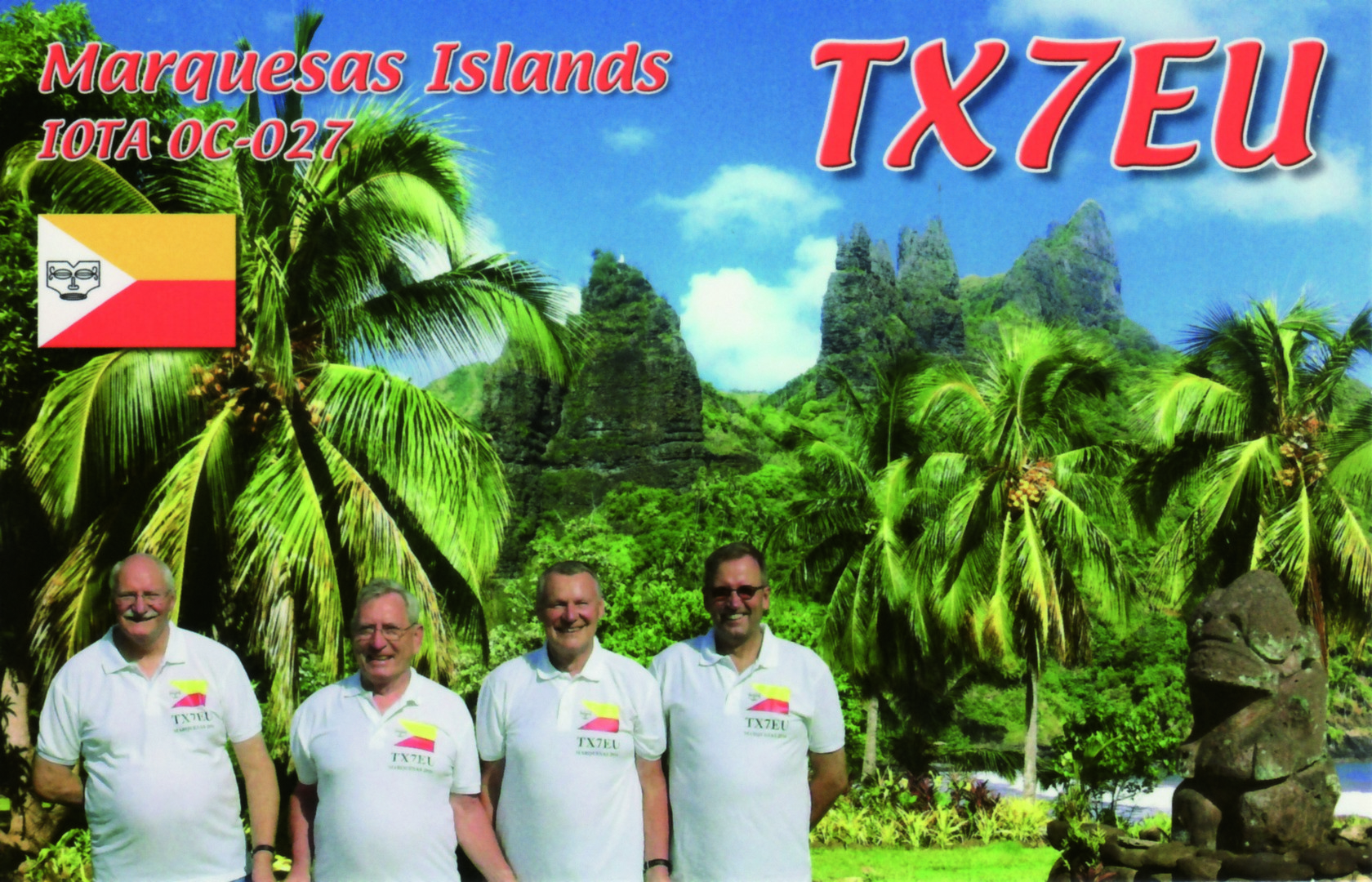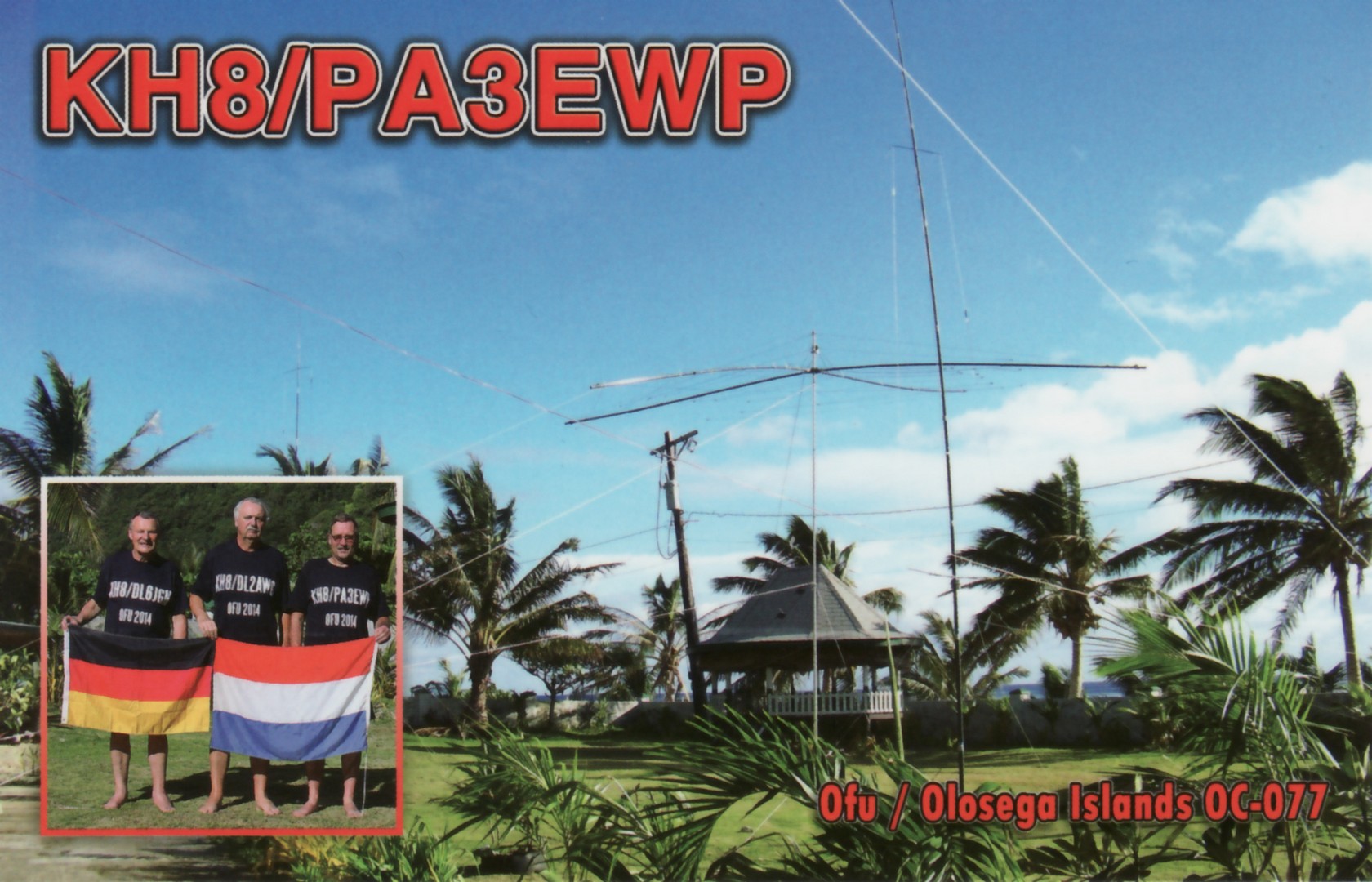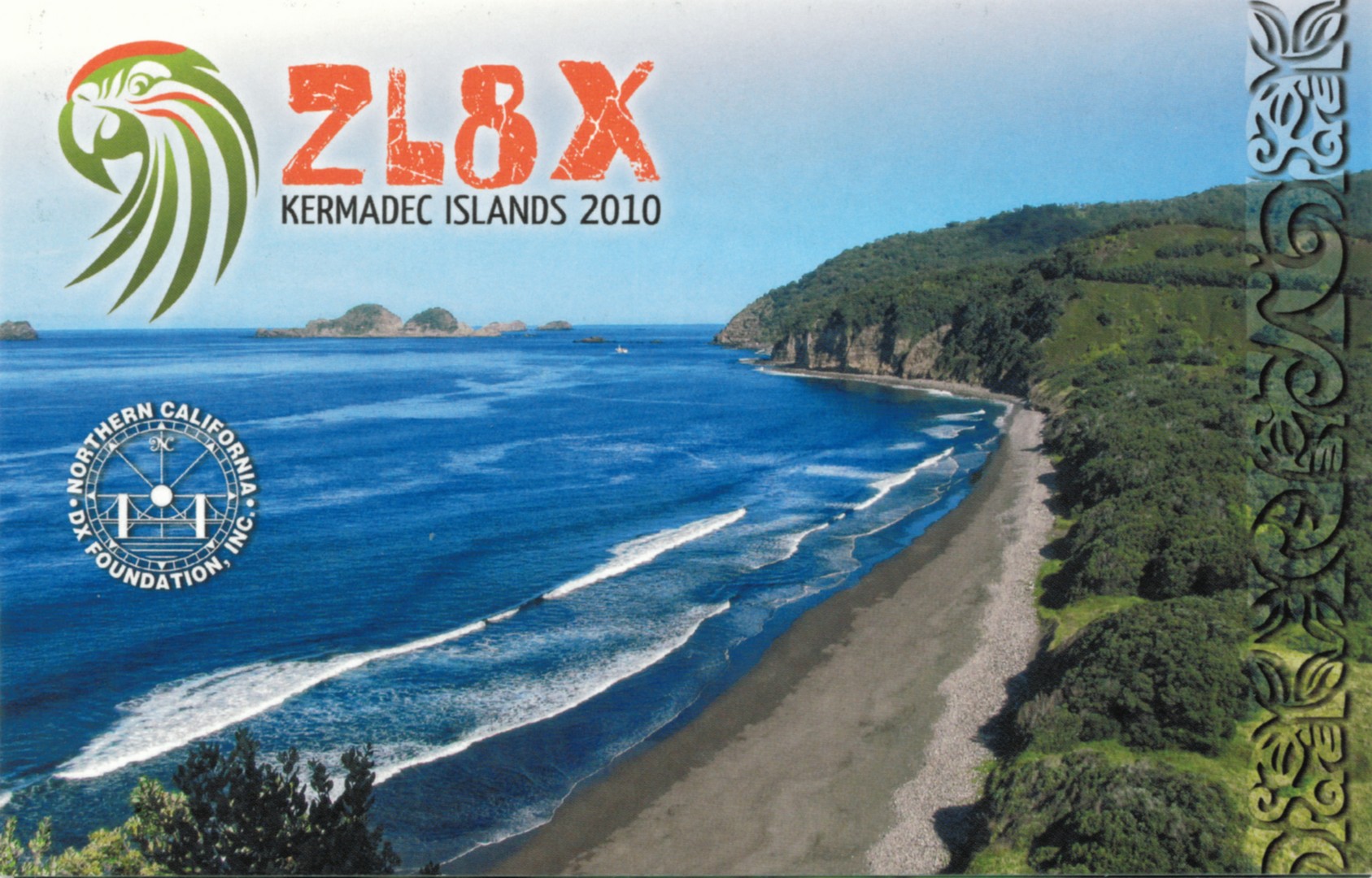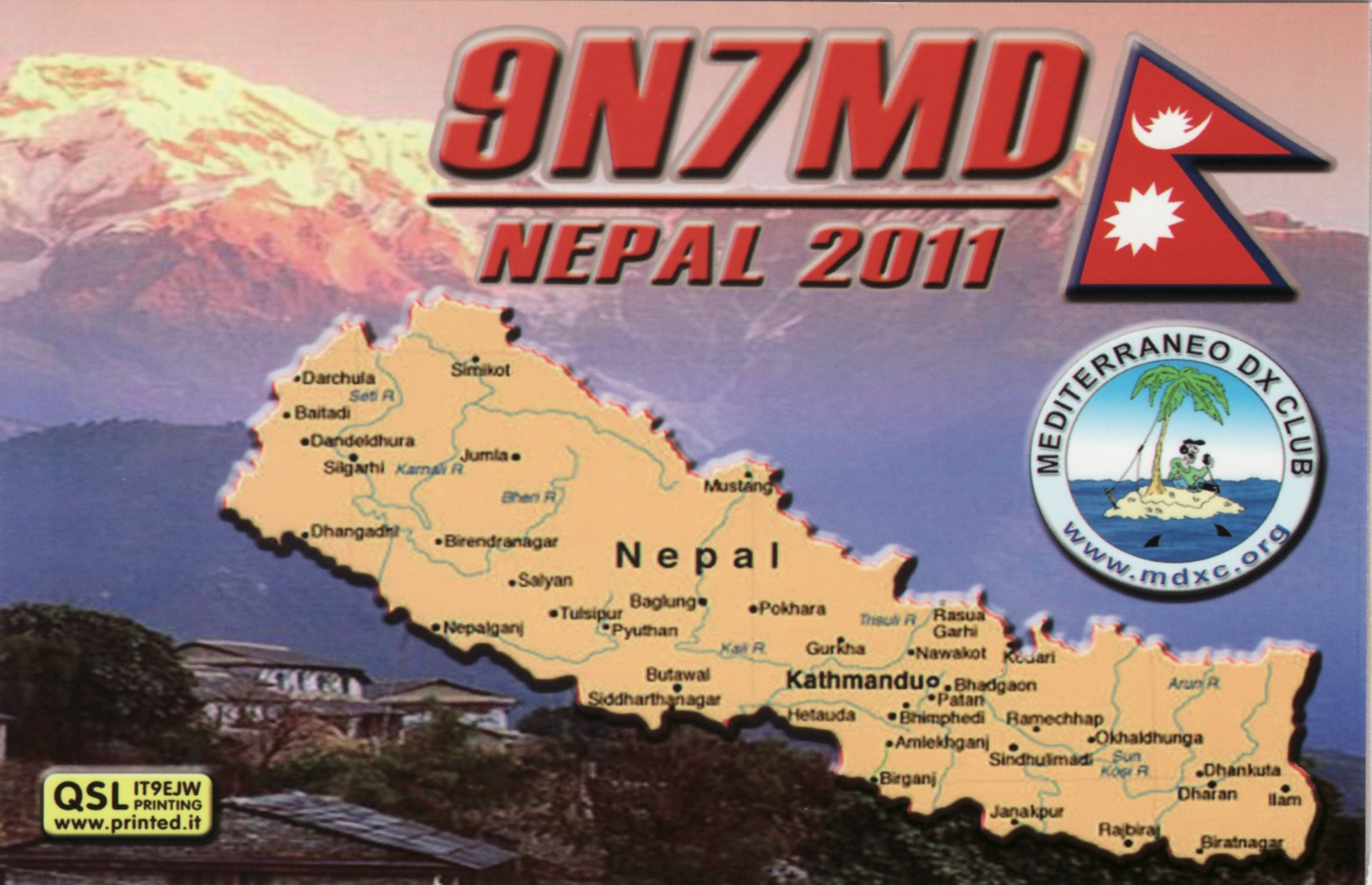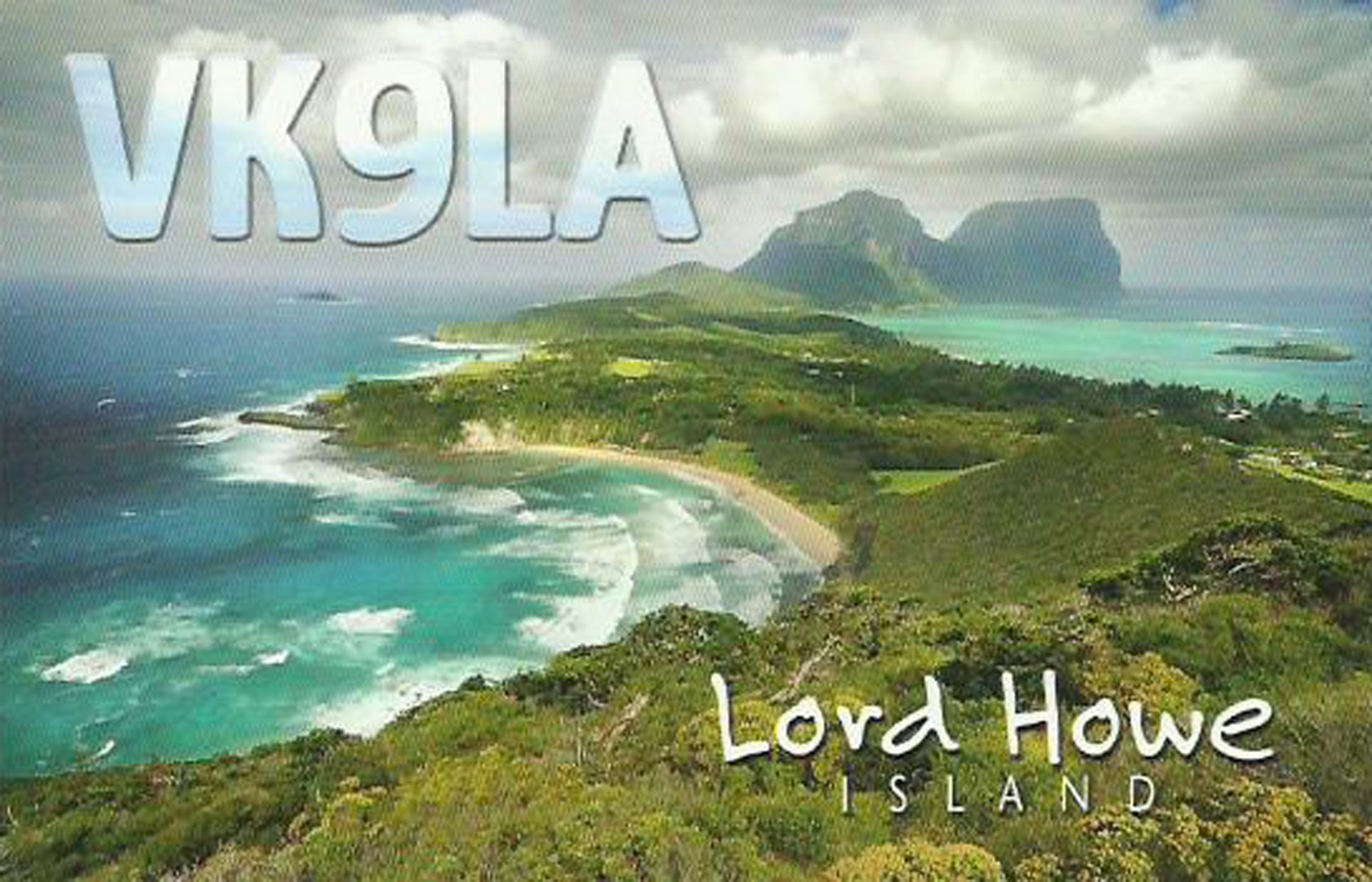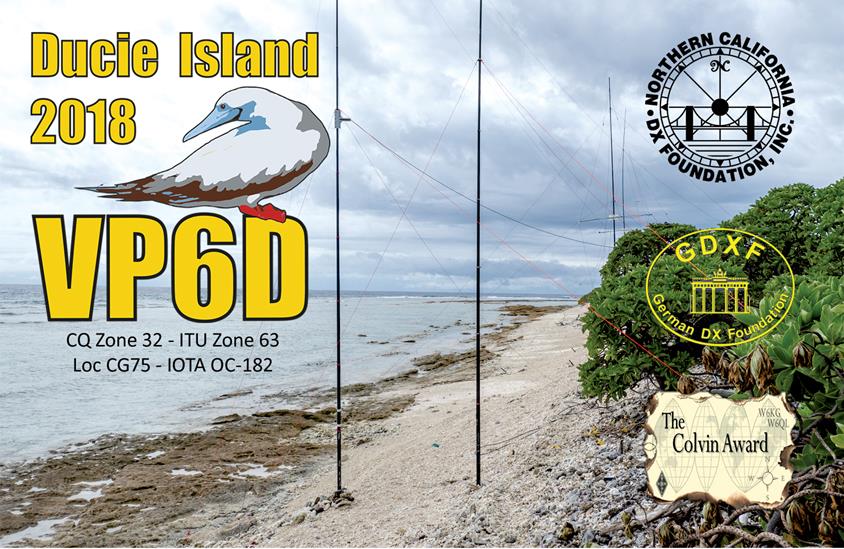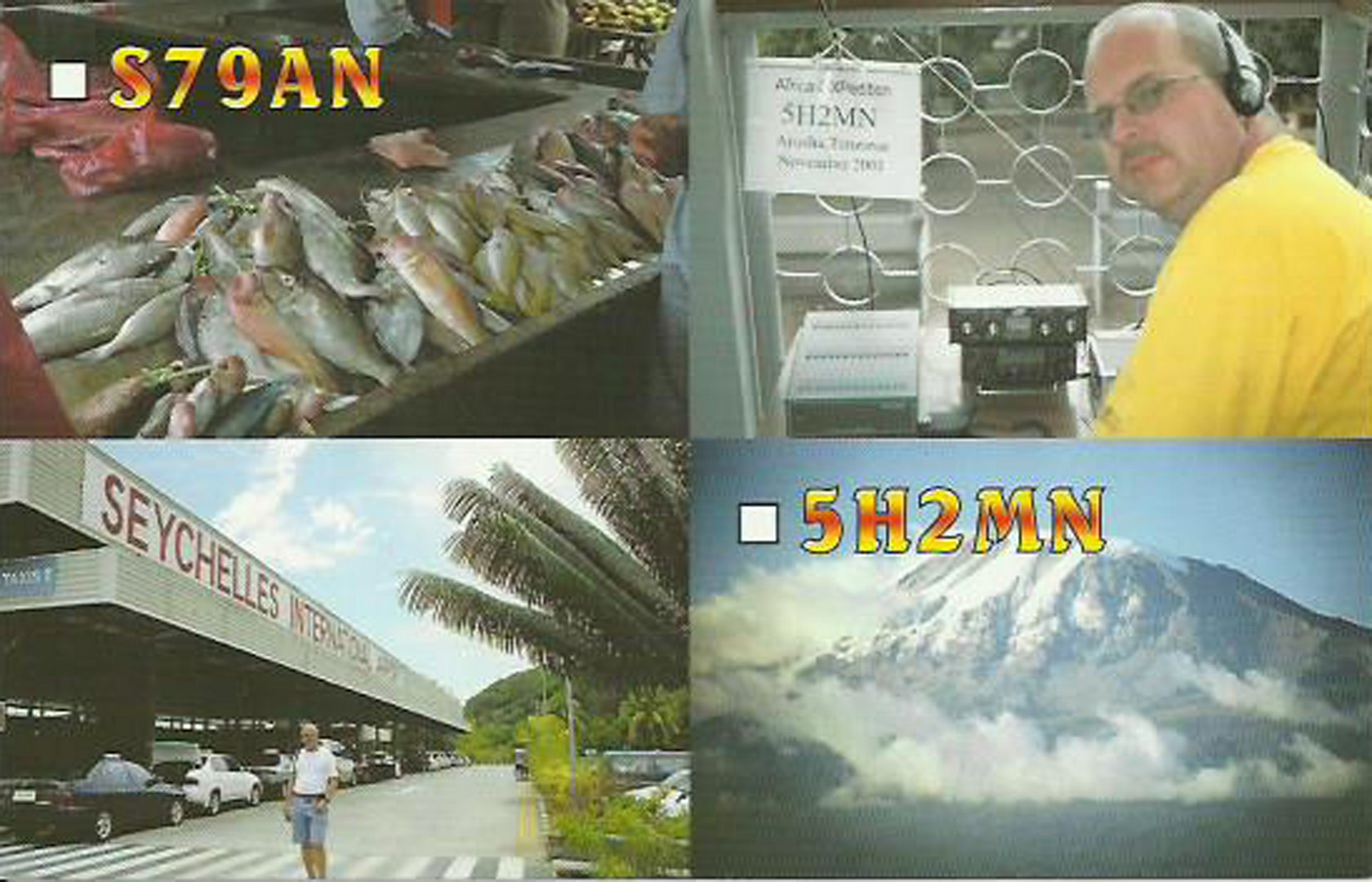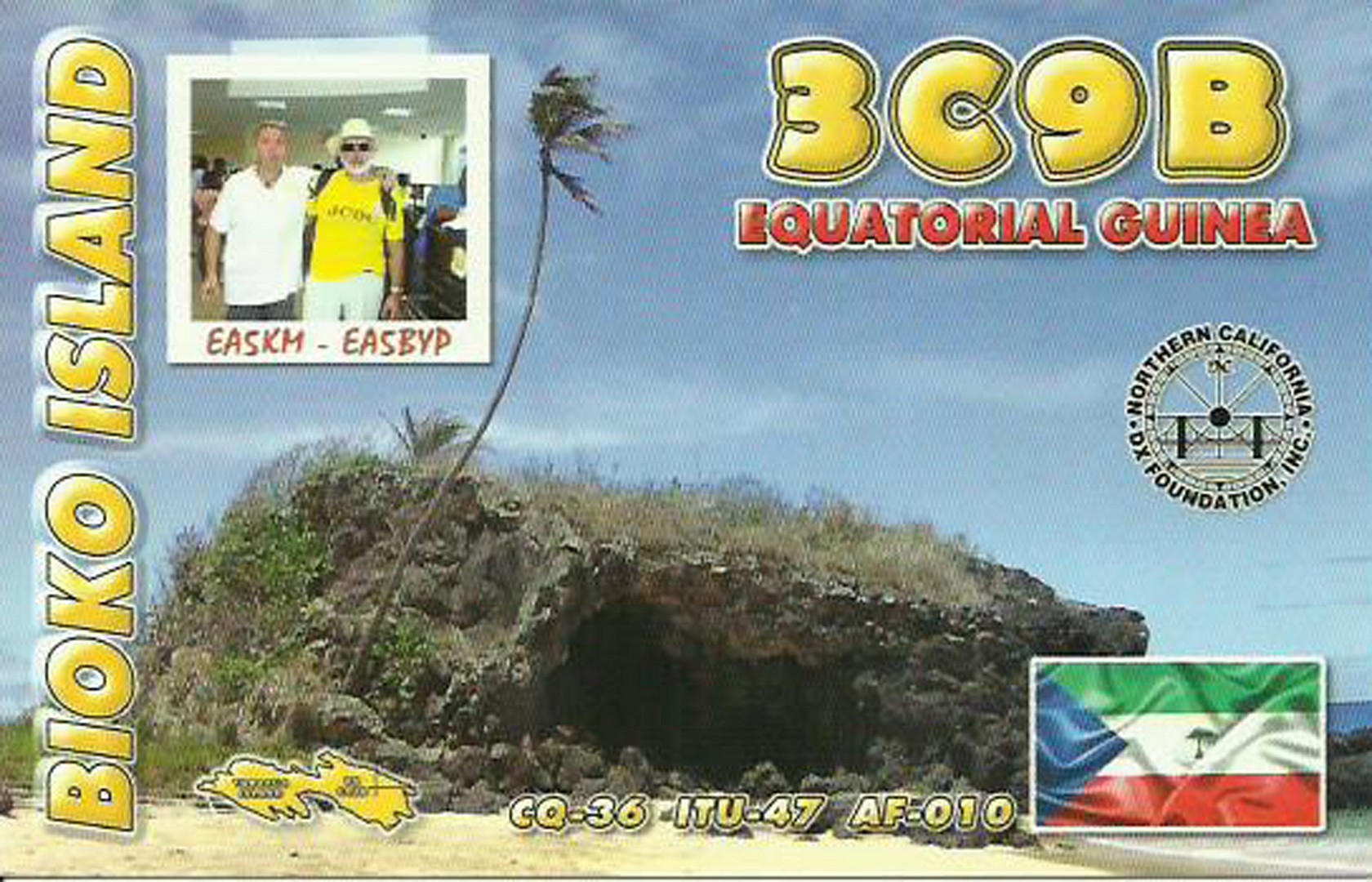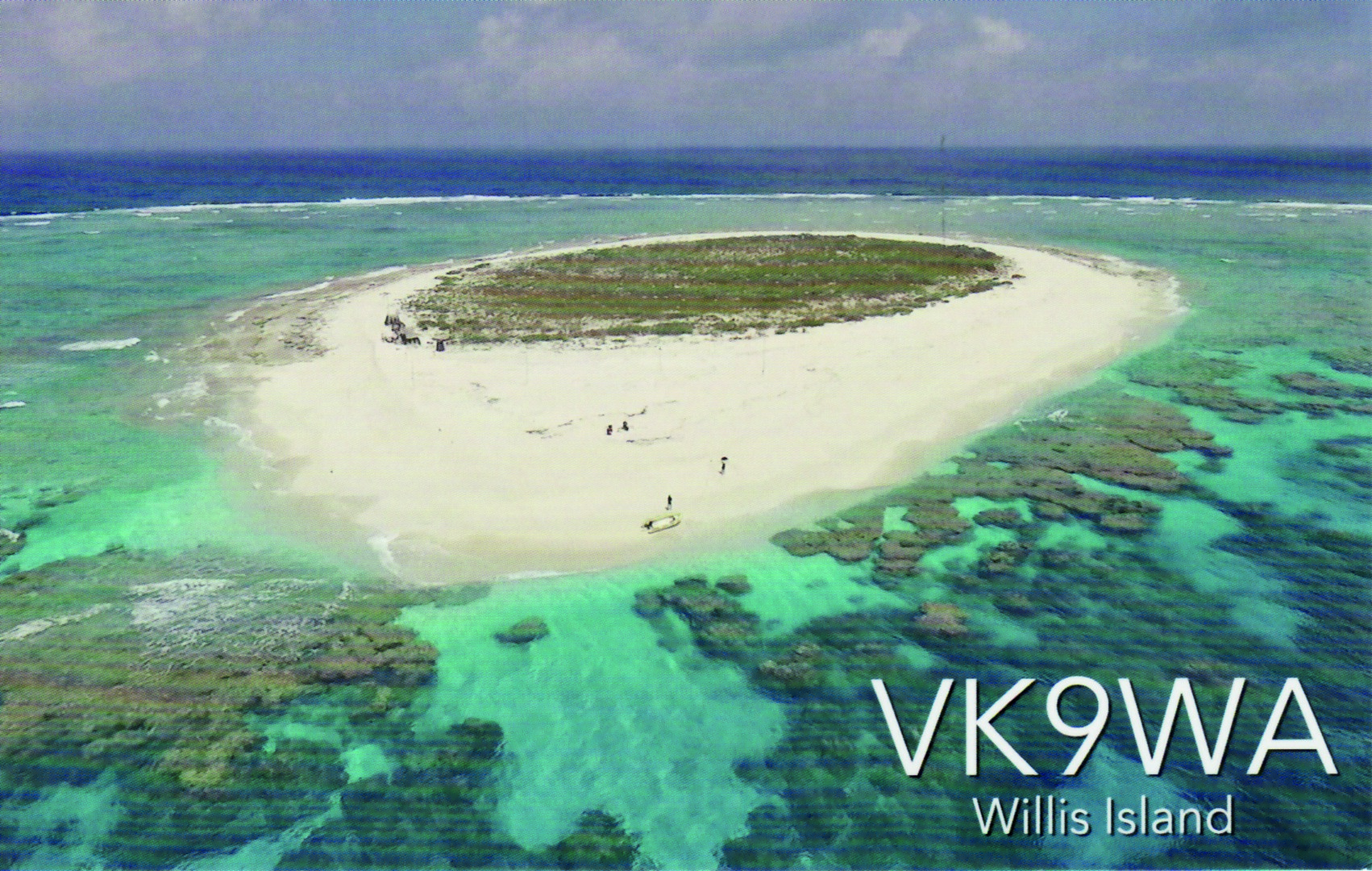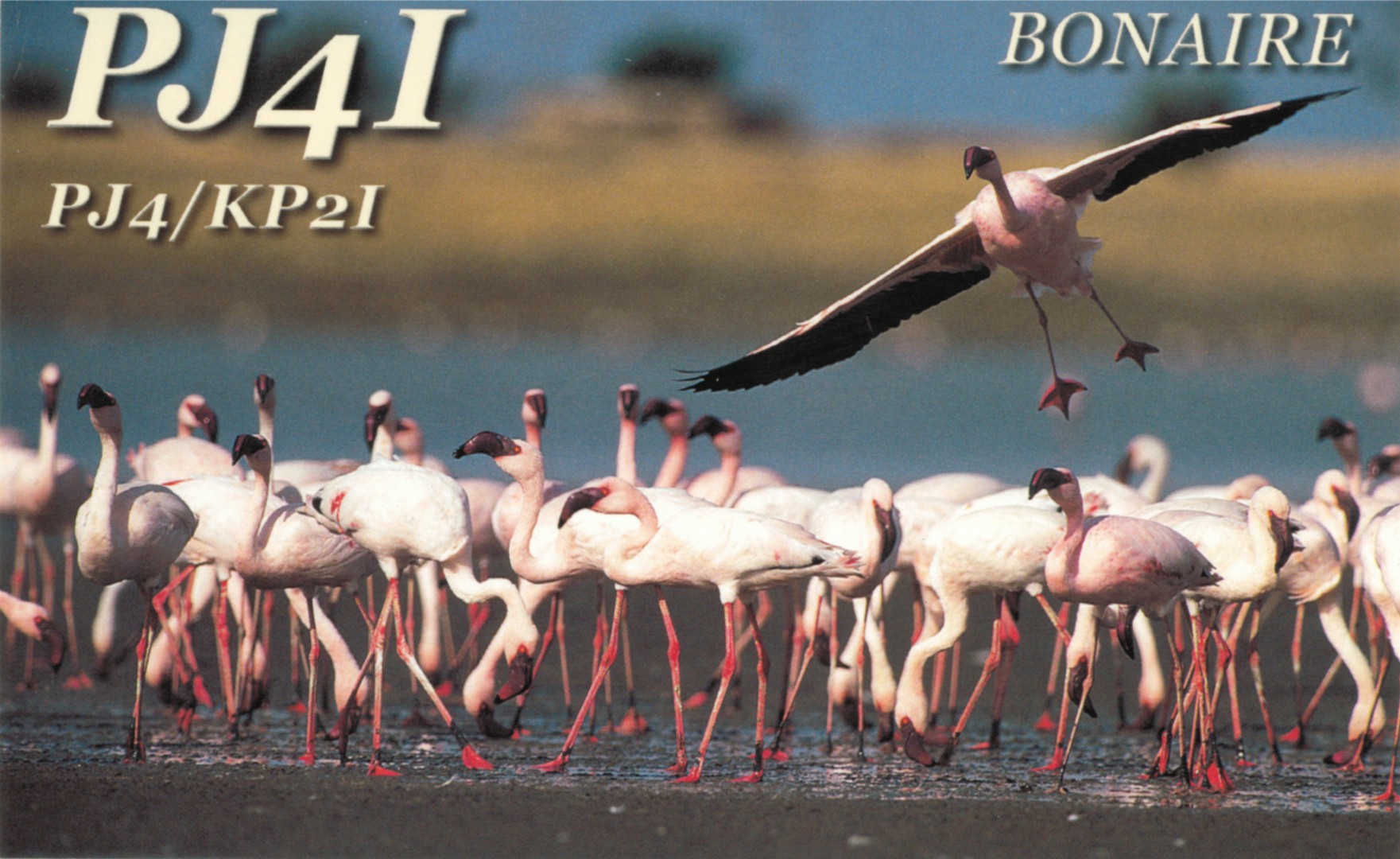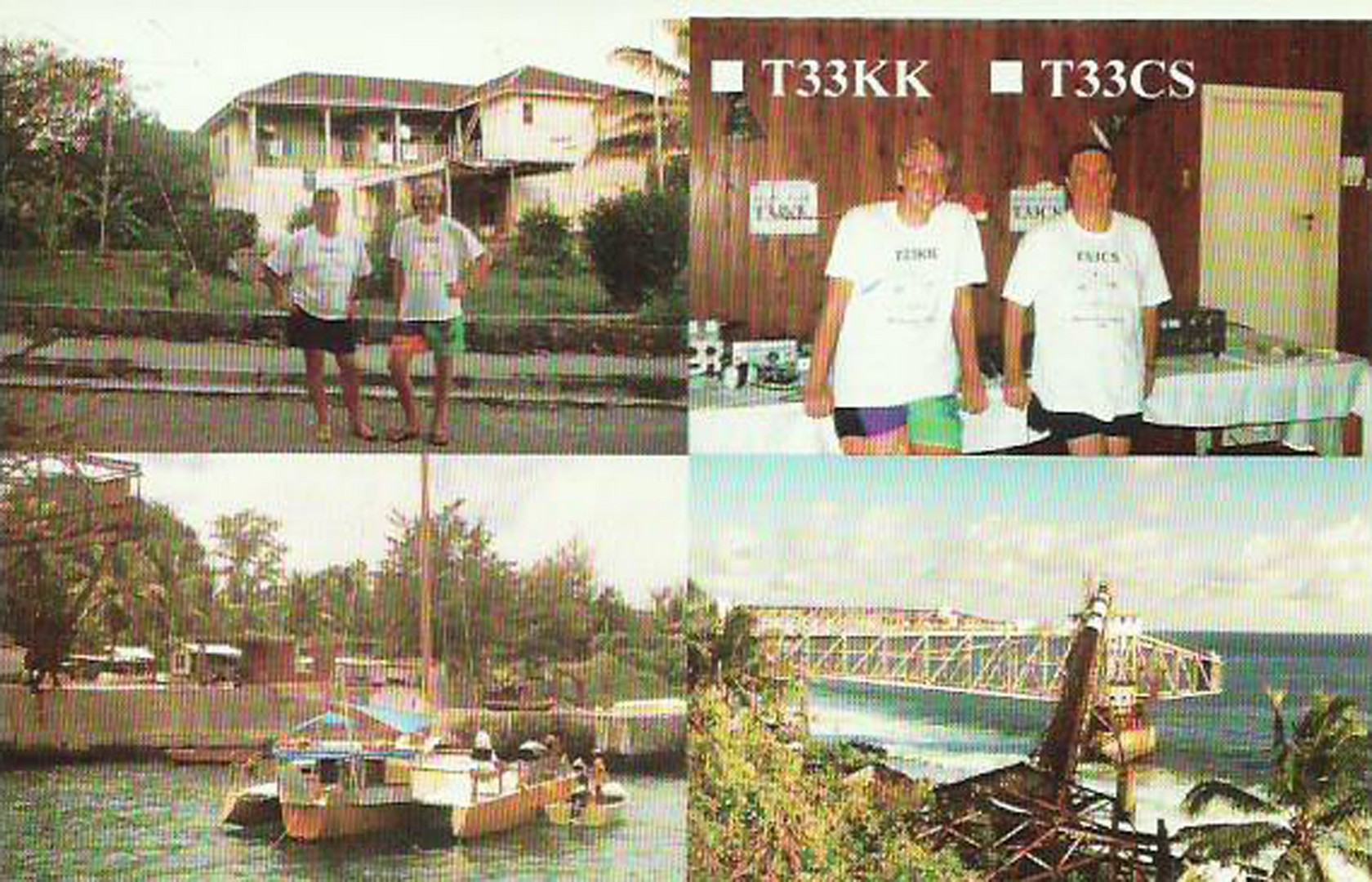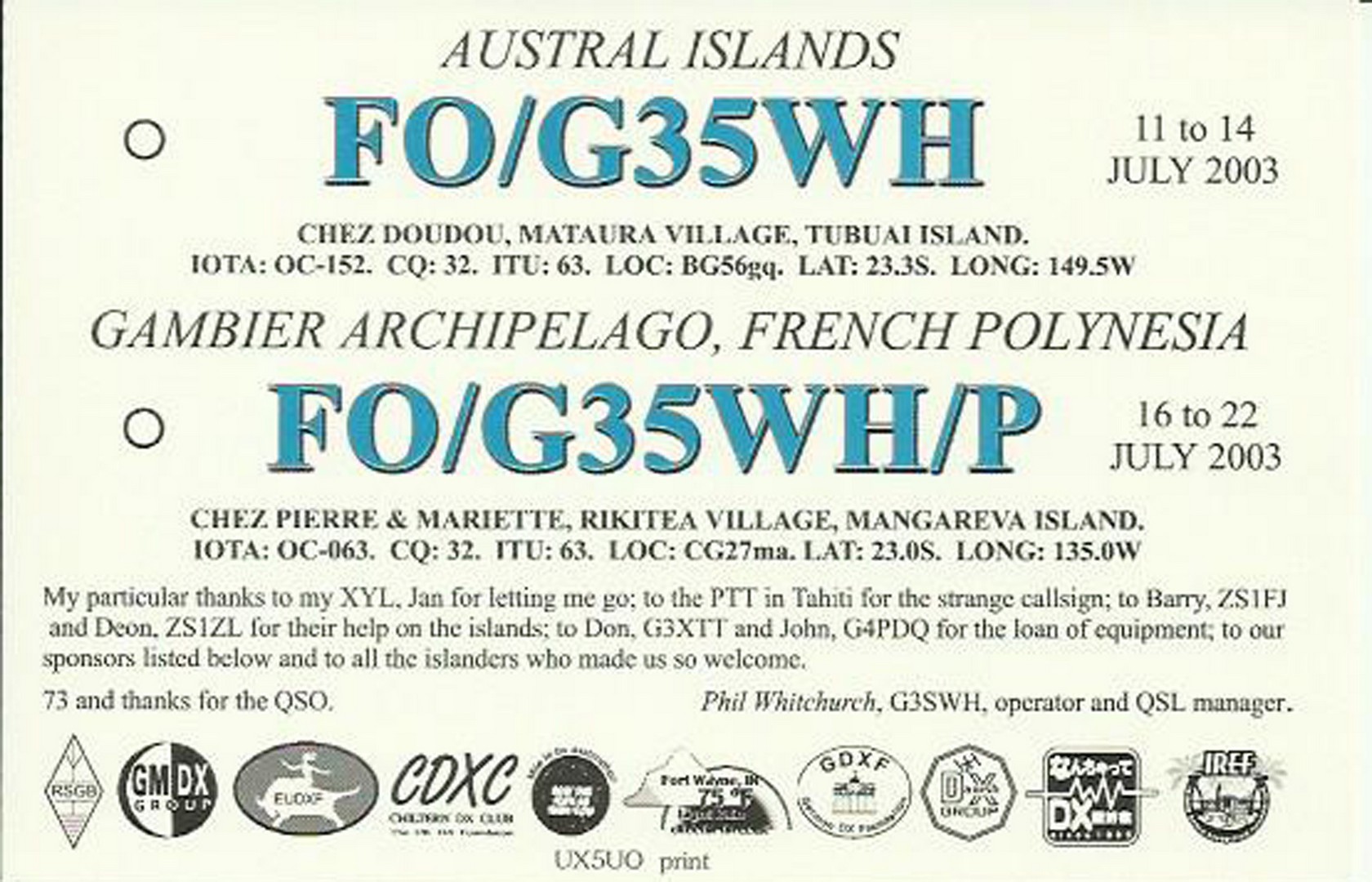For Immediate Release:
Propagation Forecasts:
The 2018 DXpedition to Baker Island occurs during the declining side of the solar cycle where propagation is usually much, much worse, nearing the bottom (https://www.swpc.noaa.gov/products/solar-cycle-progression). In addition, there are limited hours of darkness in some Northern Hemisphere locations. However, this is the when our permit is valid and we are planning to maximize the time we are available to work to propagation challenged areas. For instance, stations will be on 20 meters 24 hours a day.
First, thanks to Stu, K6TU, we have imbedded his tools in our website where you can run forecasts specific to your grid square and station properties. Please visit http://www.baker2018.net/pages/propagation.html to see when and on what bands to look for us. We have also run these forecasts by geographic area to know when we should be listening for you. The forecasts are grim. However, stations on the Equator report working EU in June/July is one of the better times. During noon, local time, we don’t expect to hear any signals. We will mostly likely take our main meals during that time, and rest up, for a long night of productive QSOs.
Remember, these are predictions – like climate versus weather. Climate is what you expect, weather is what you get. Keep an ear on the bands – you might catch an opening. Check the daily space weather forecast – http://sunspotwatch.com
Our network of worldwide pilots will also report how well we are being heard in your area to keep us abreast of propagation.
Our permit restricts our antennas to 43 ft vertical antennas. We won’t get the gain of a Yagi, nor the directionality. We will be using Steppirs and special design antennas to take advantage of the salt water ground. One of the antenna designs has been adapted by AA7JV from the recent 3B7A operation.
We will be using FT8 to find openings we might not hear, and to serve as a beacon. When we find an opening, we will put as many radios/modes/ops on as we can.
Our group helped develop the latest WSJT-X software to incorporate a DXpedition fox/hound mode. Please download version 1.9.0 before we are QRV around 27 June. This may expand the bands we are able to use at this point in the solar cycle. We’ve also put a “how to use the new FT8” primer on our site. You can view it and our planned operating frequencies at https://www.baker2018.net/pages/plan.html It will help those new to the mode to quickly master the new version.
As previously mentioned, we will stay on 20 meters continuously and jump to other bands from one of the other 7 operating positions. Our 15 operators will rotate on and off in 3 hour shifts. We have one goal, maximize the number of ATNO QSOs with this 5th most wanted entity.
All our equipment has arrived at the departure point. Our permit has been issued. Our callsign is set, KH1/KH7Z. All our plans for the past 11 months have led to this month! We are excited, and trust you are too.
We are nearing the start of the operation, as the ops leave for Pago-Pago within the next two weeks. We still could still use your donation at this time. http://www.baker2018.net/pages/donate.html
Thank you in advance for your support.
The Baker Island 2018 Team
The EUDXF is proud sponsor of the KH1/KH7Z Baker Island DXpedition







